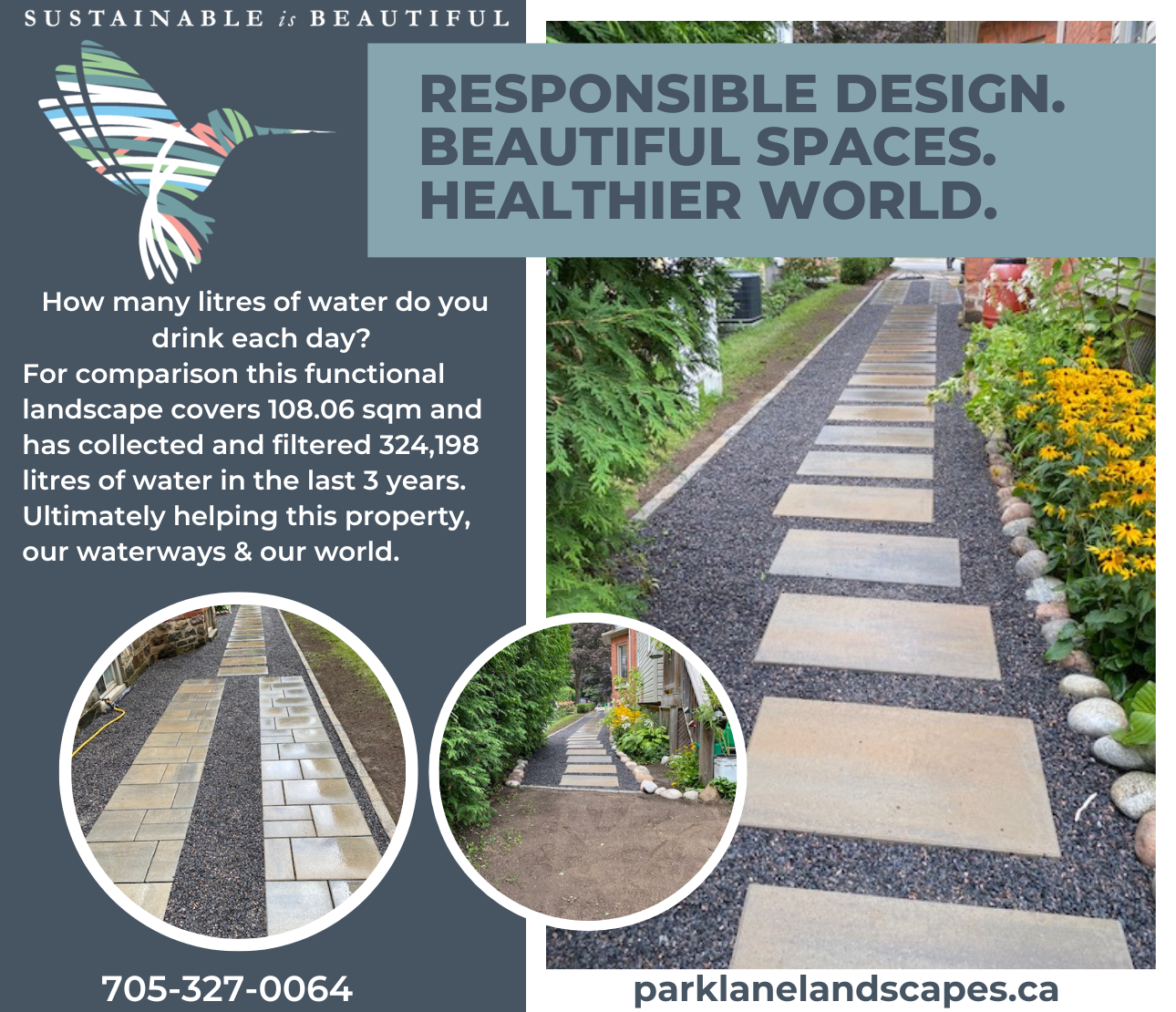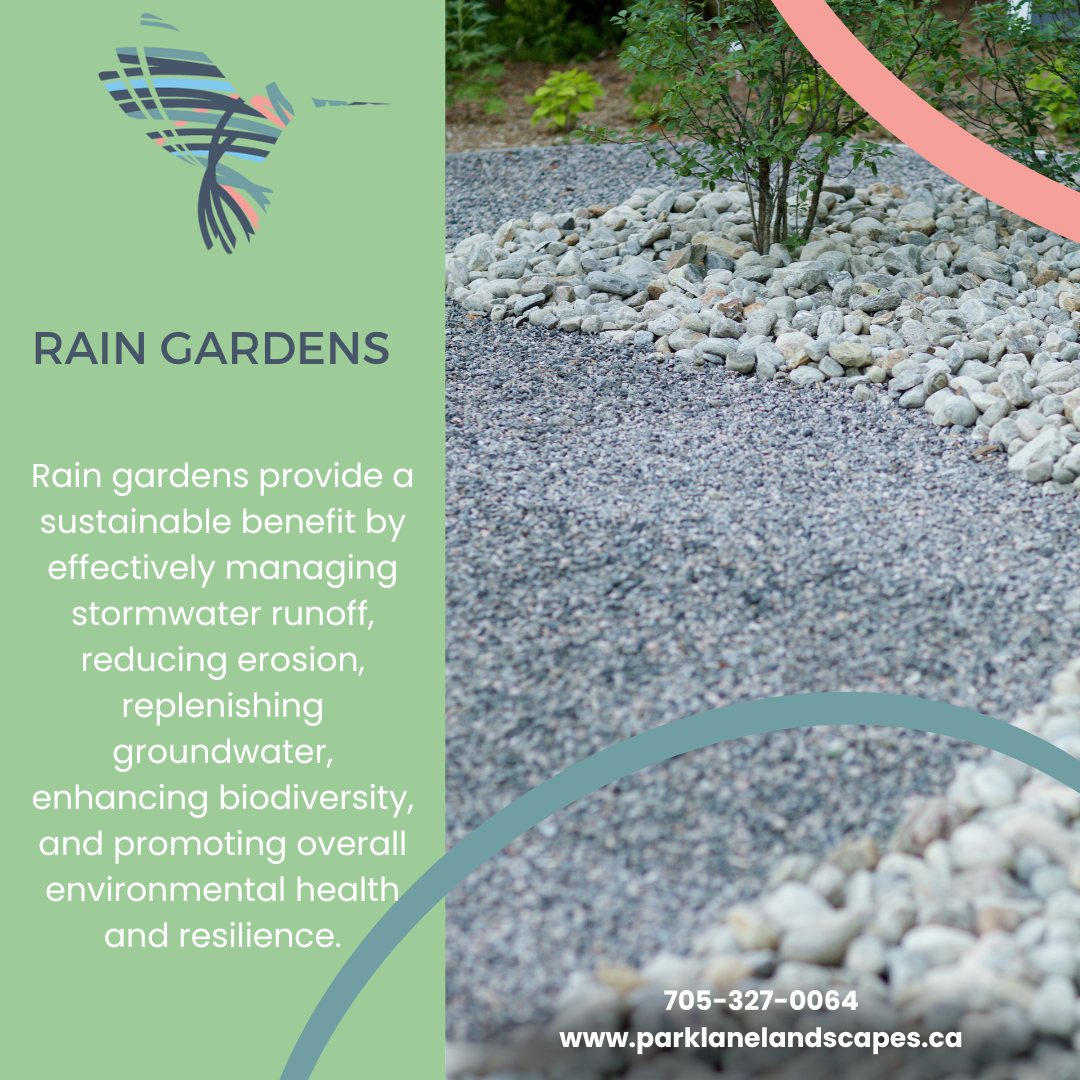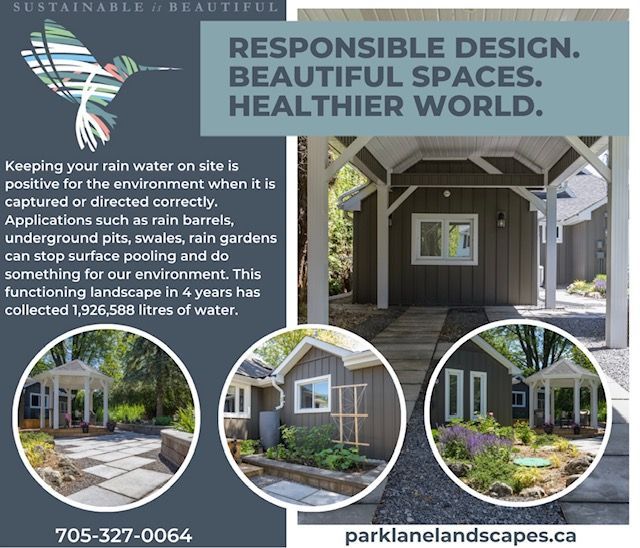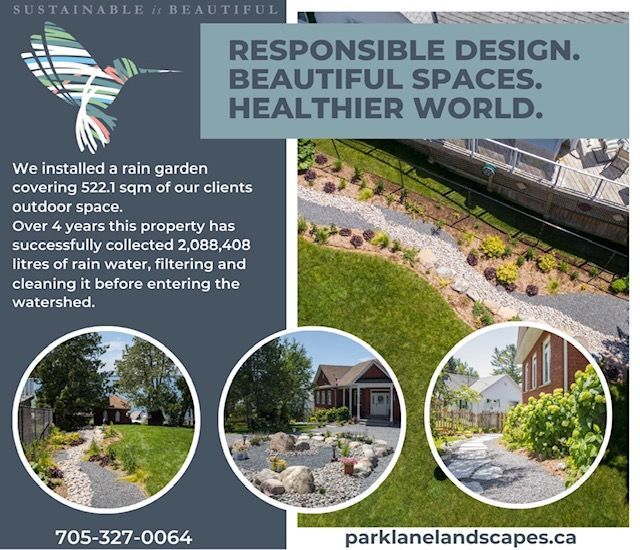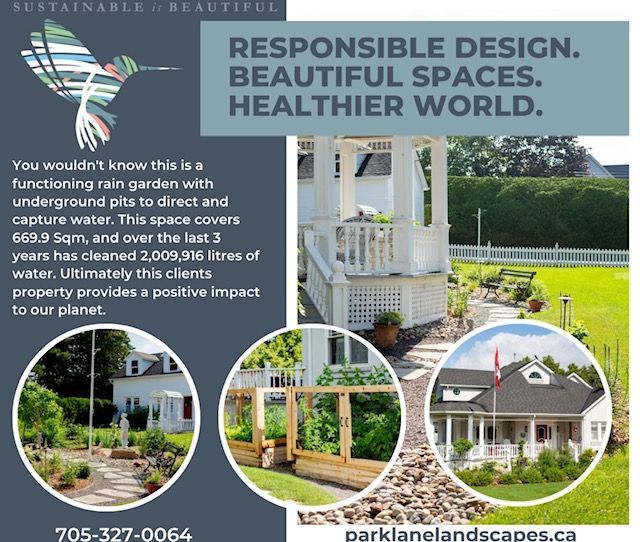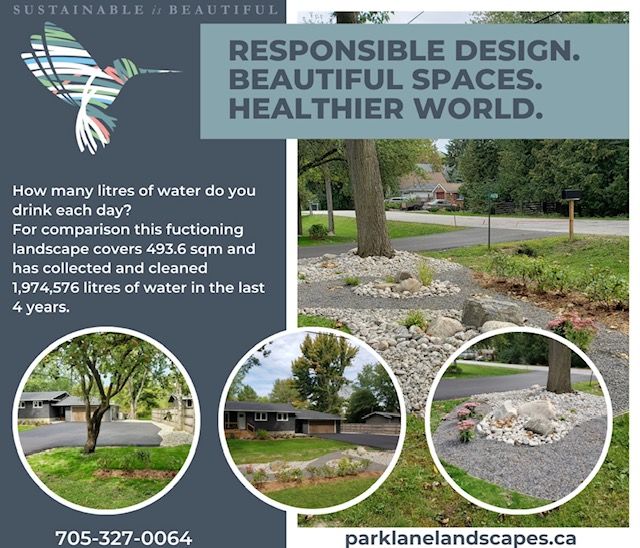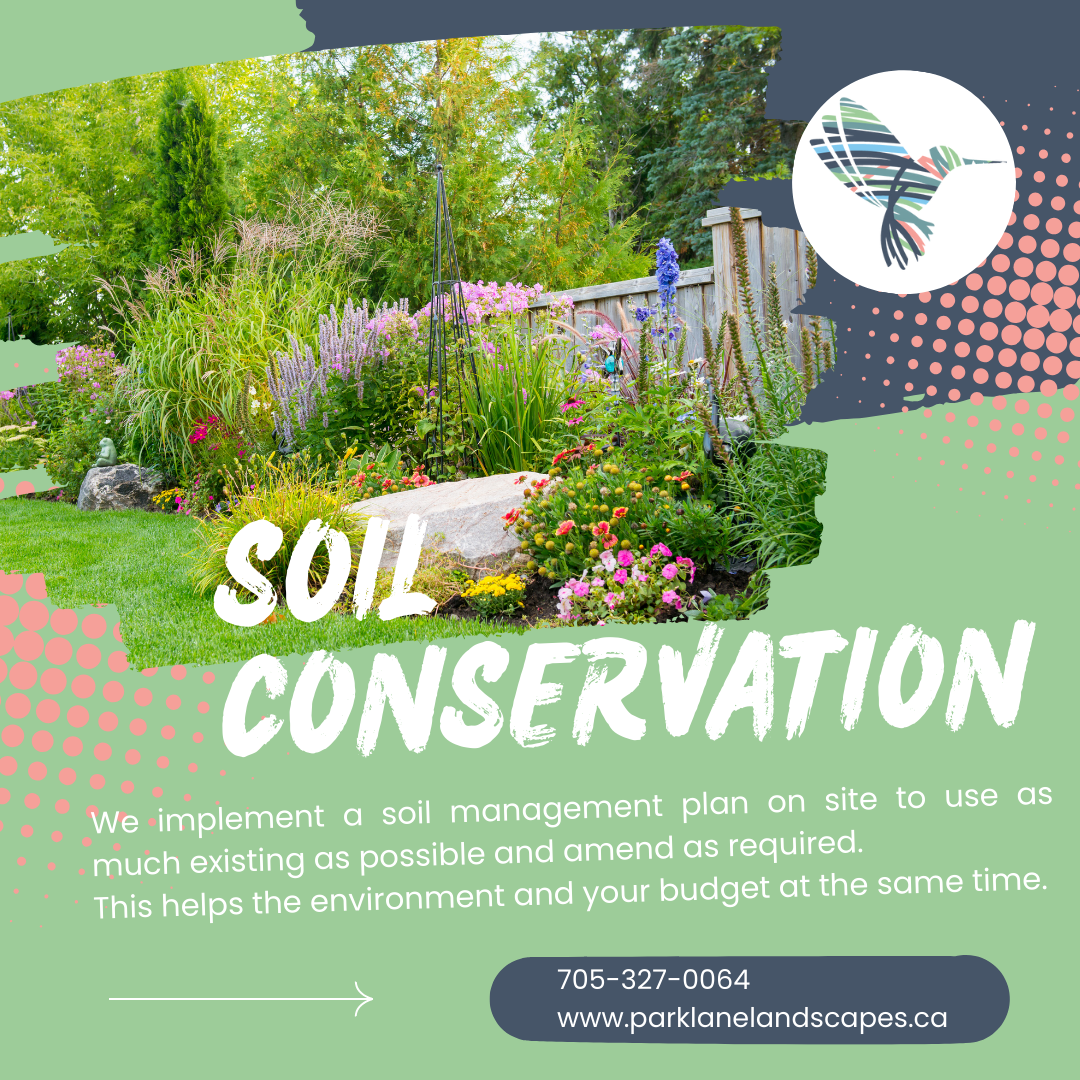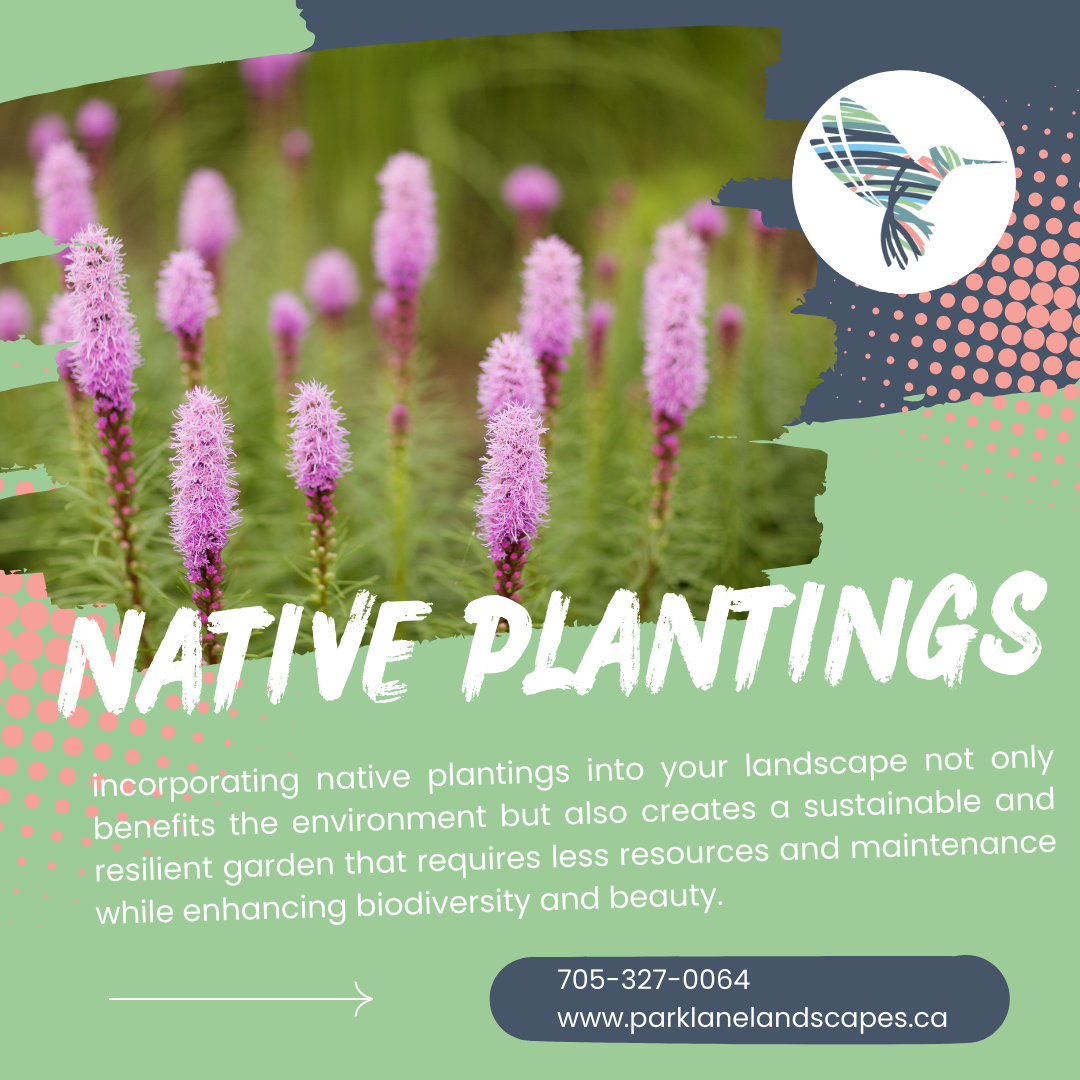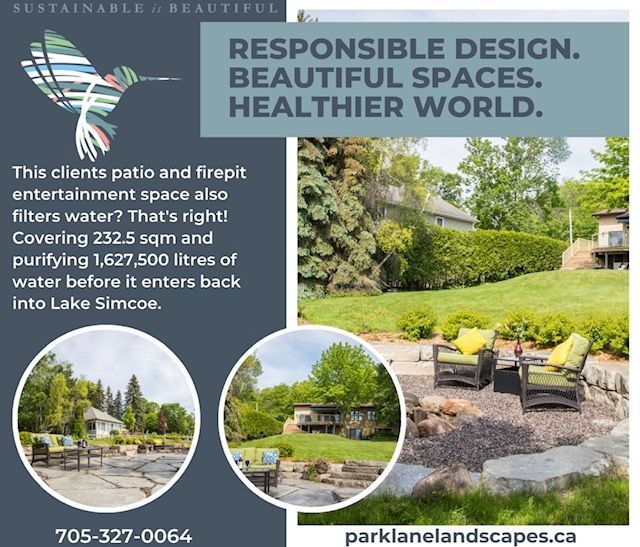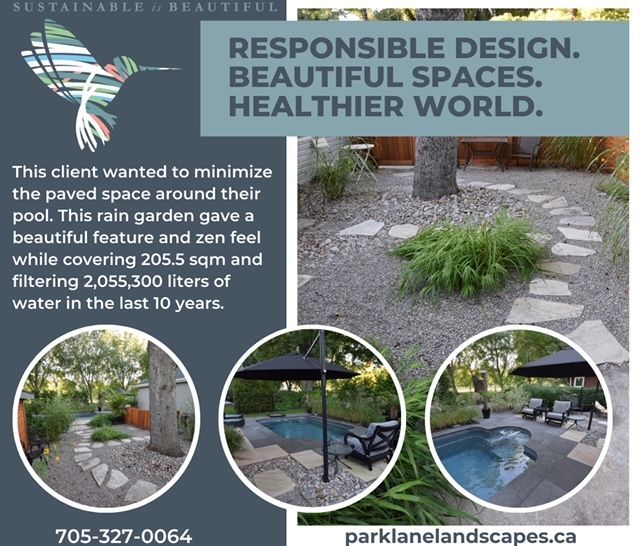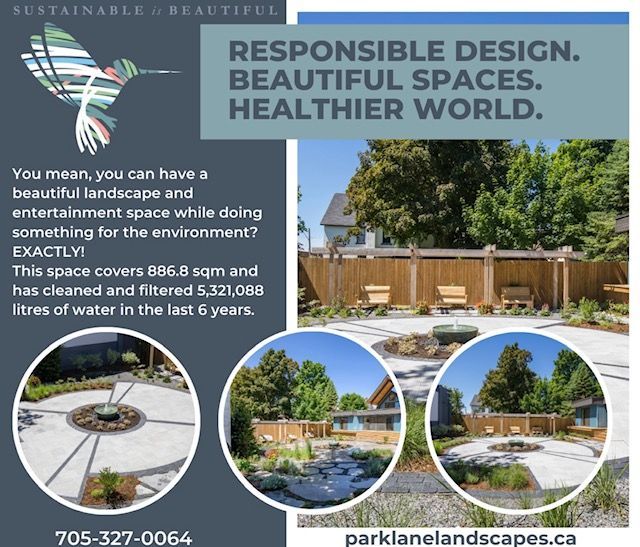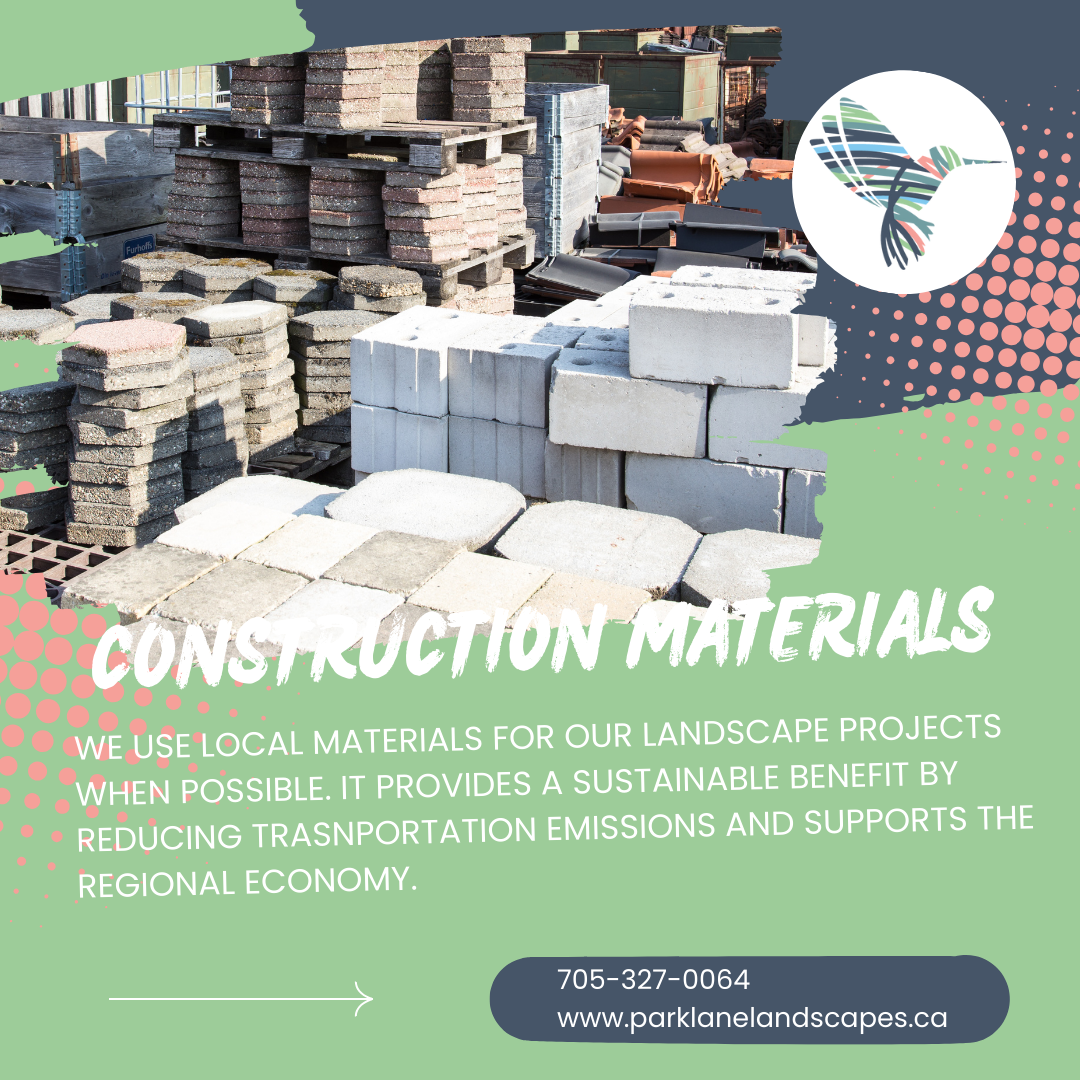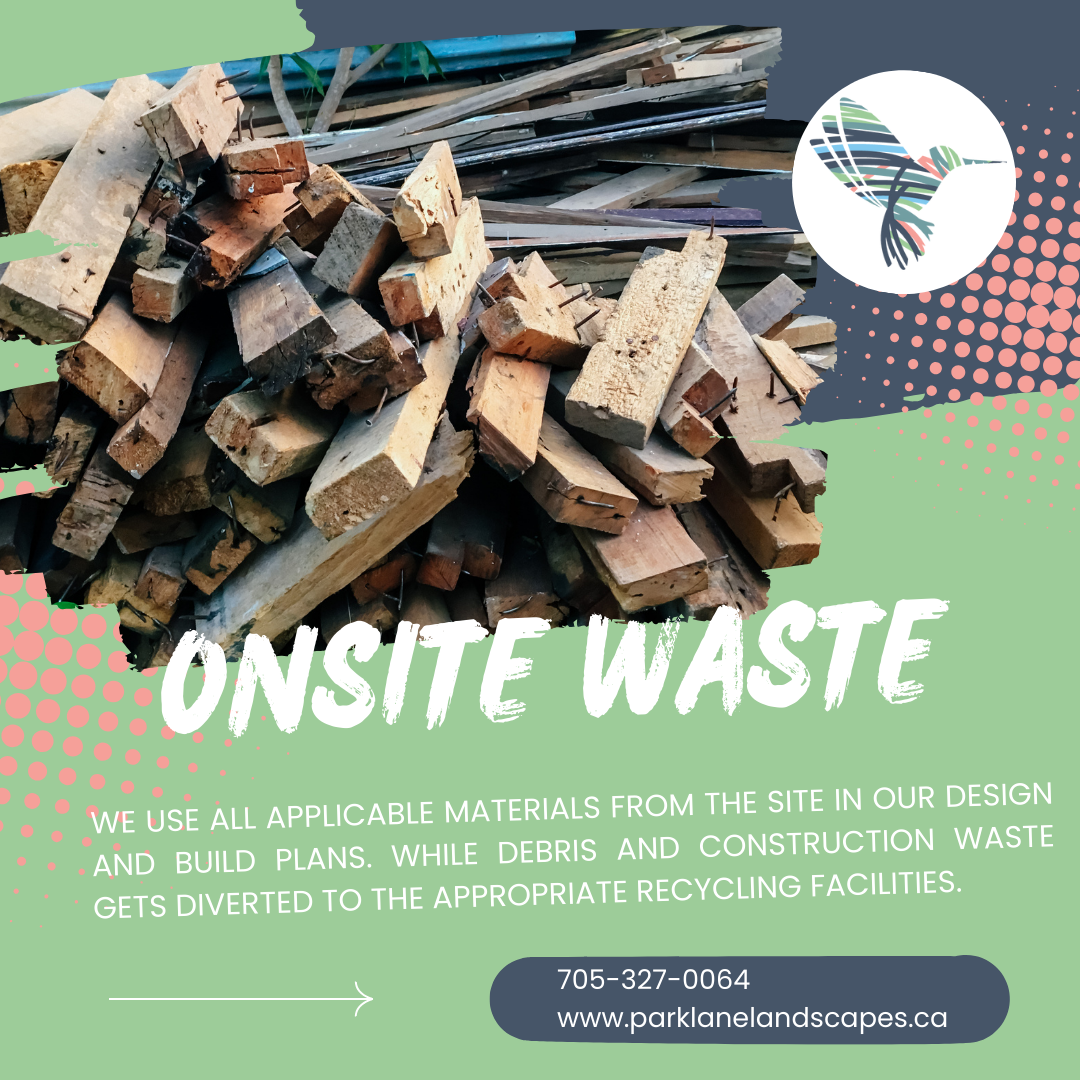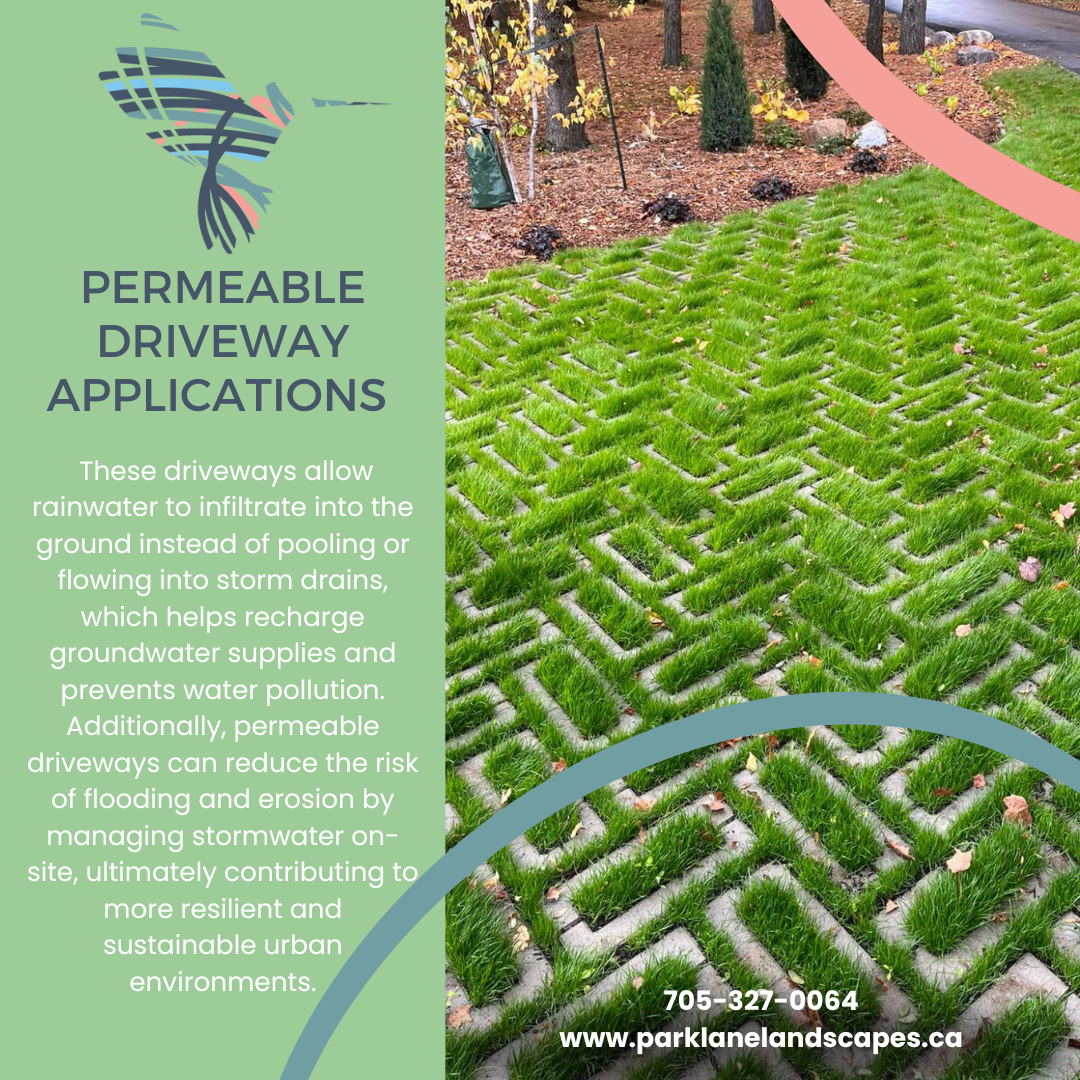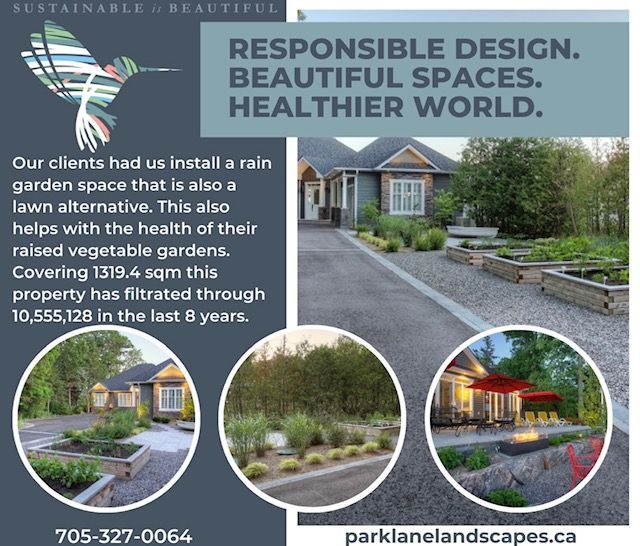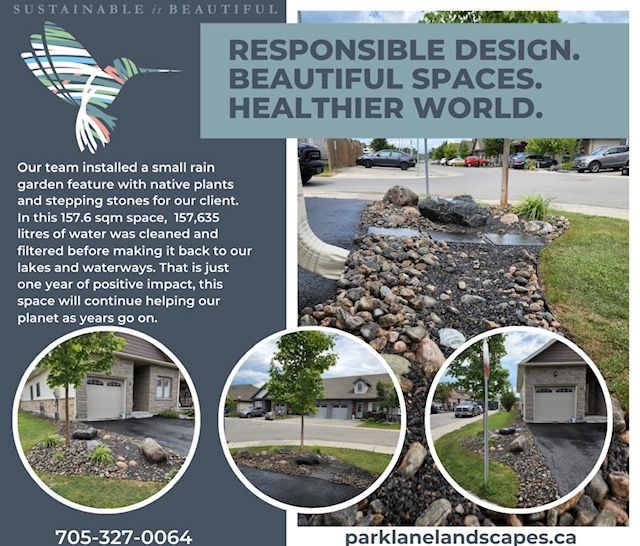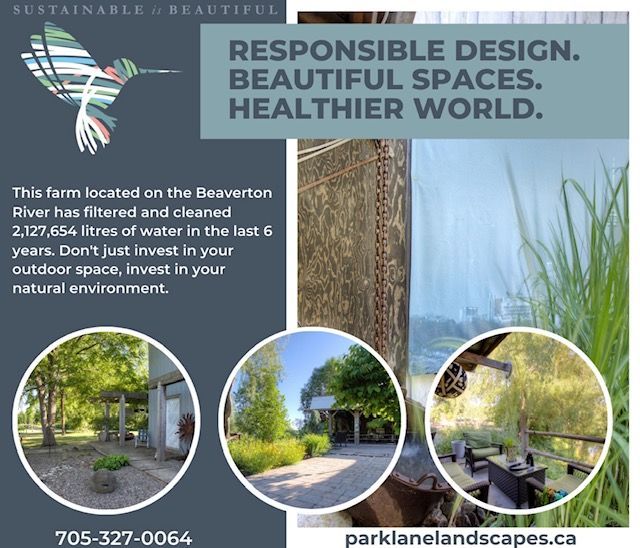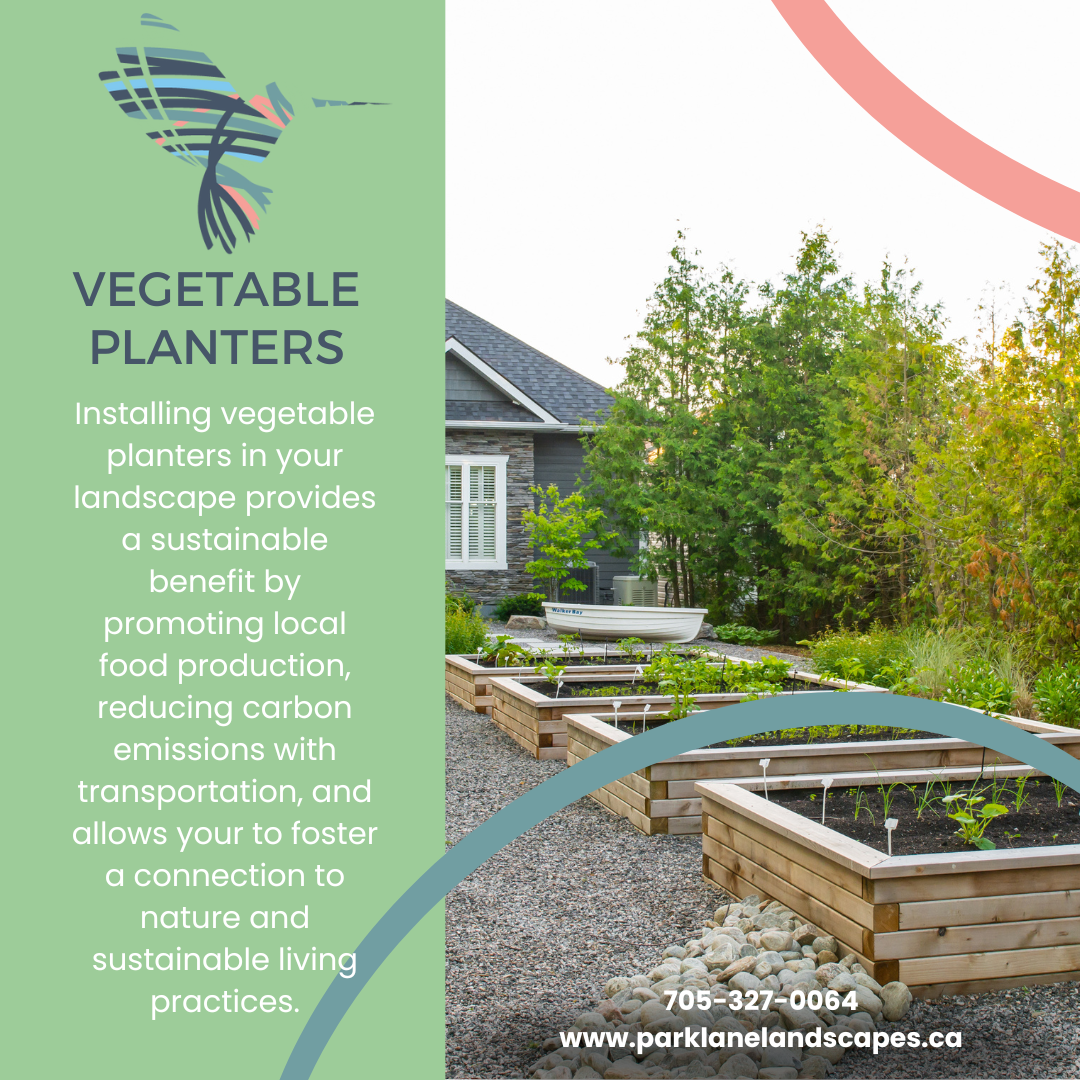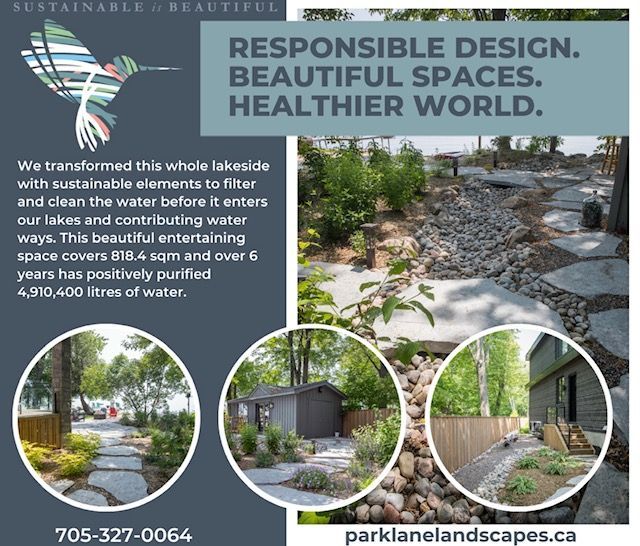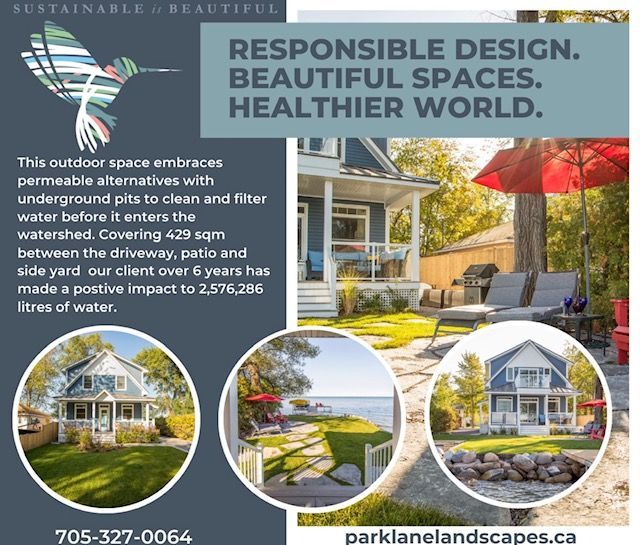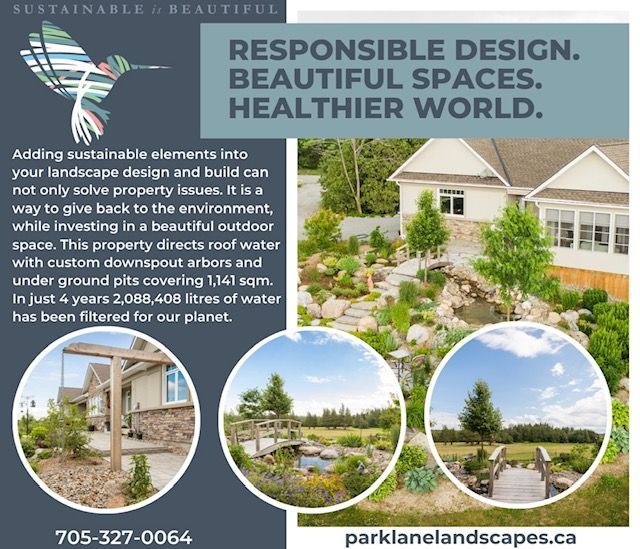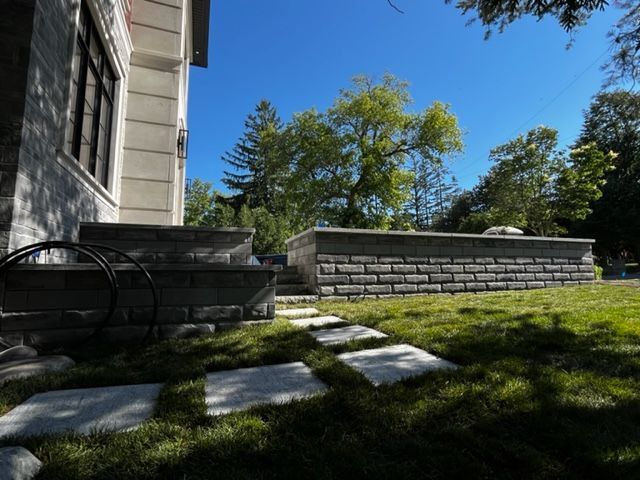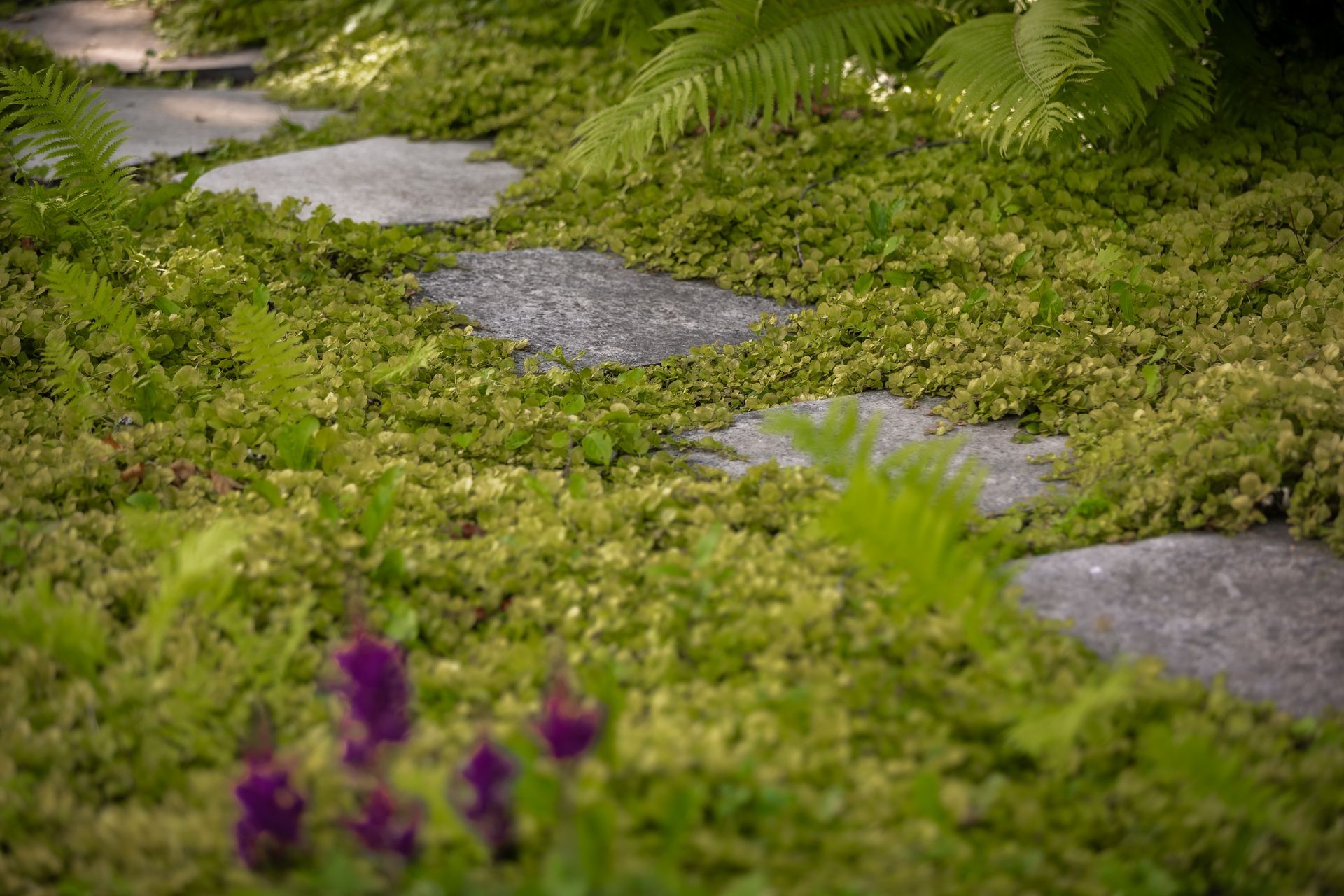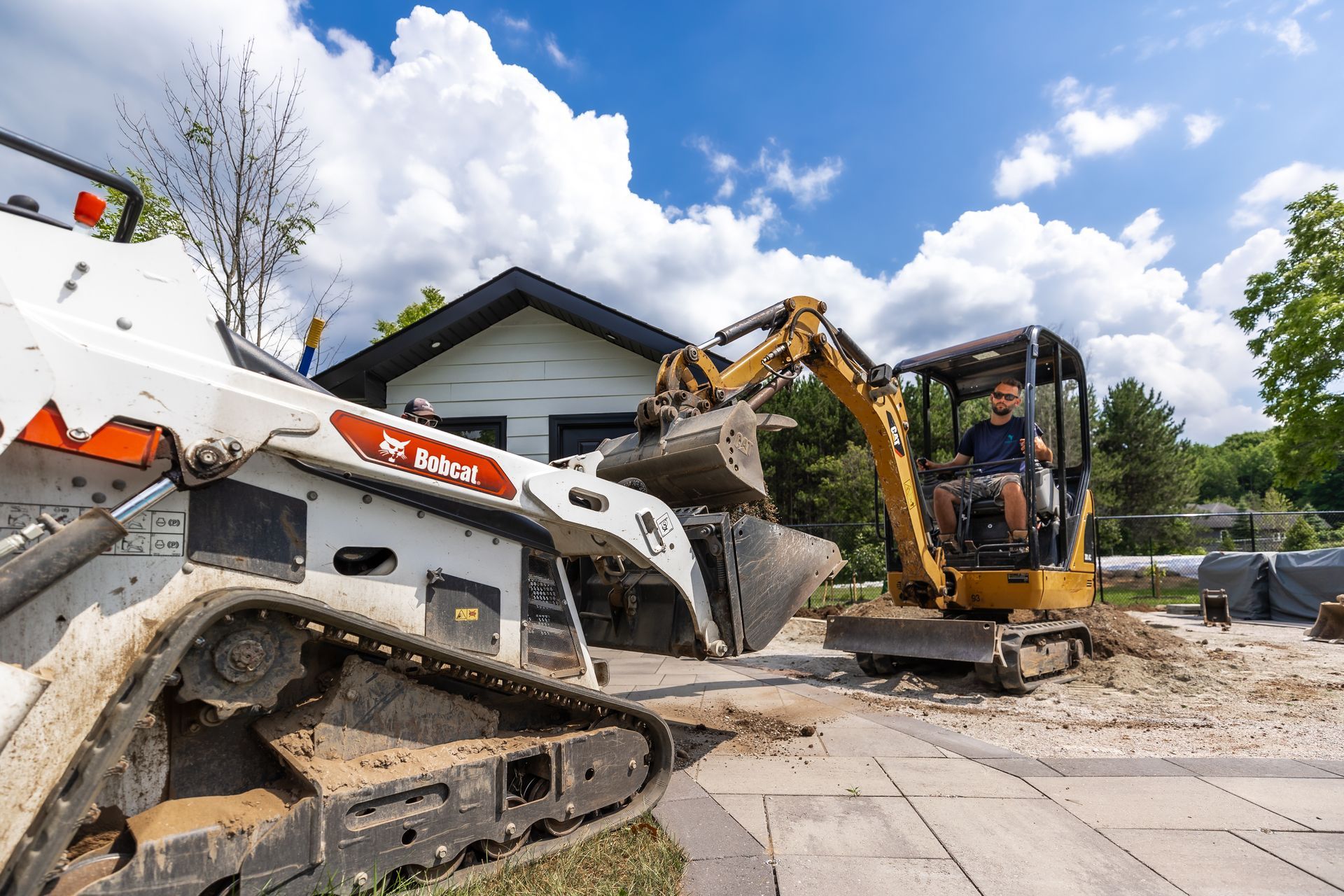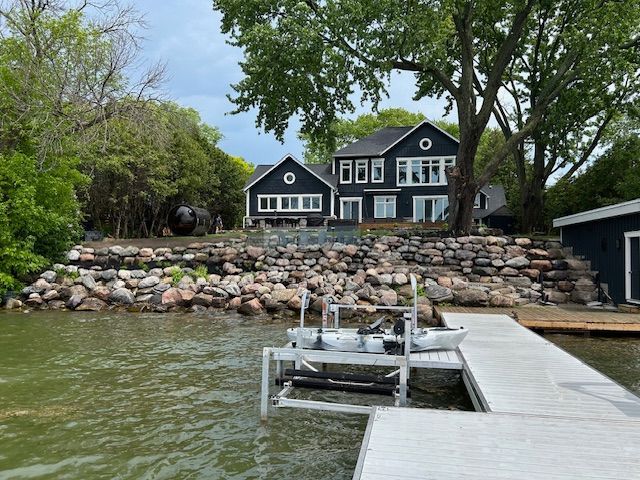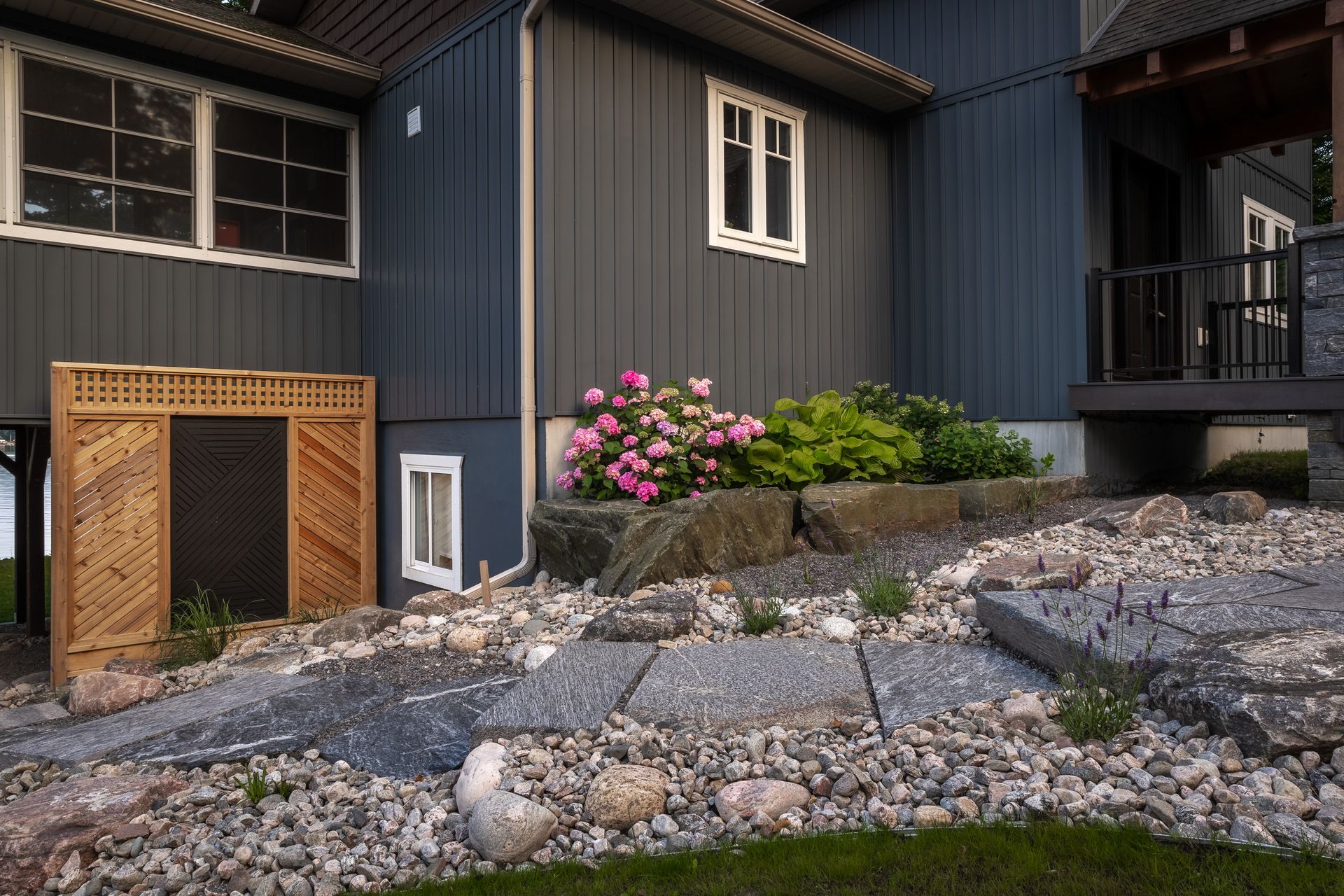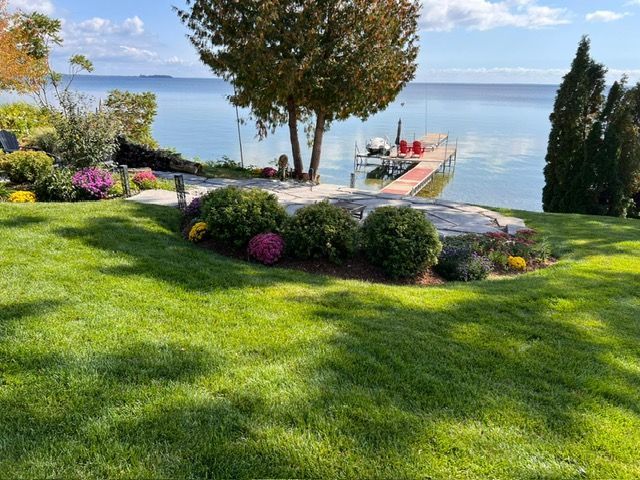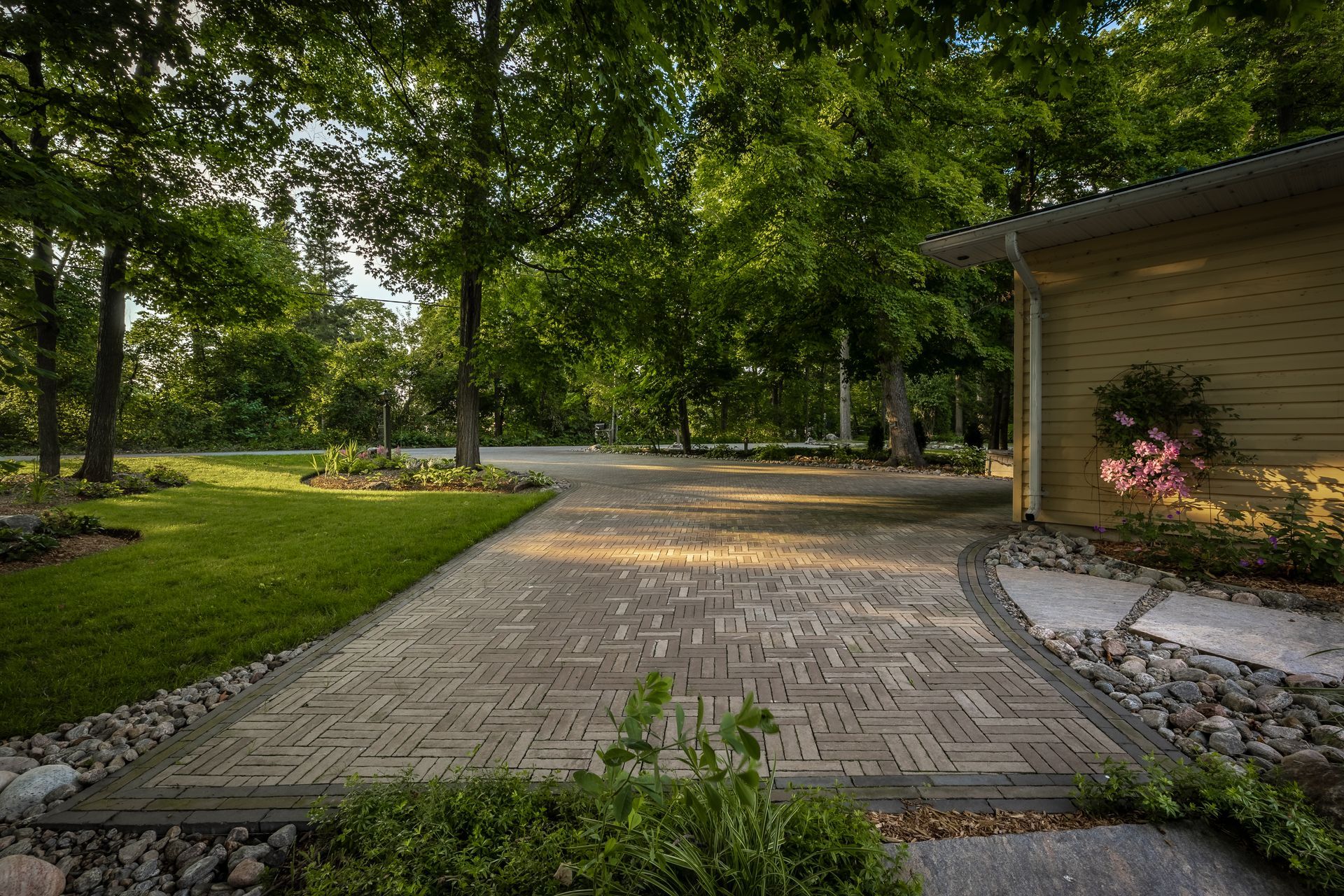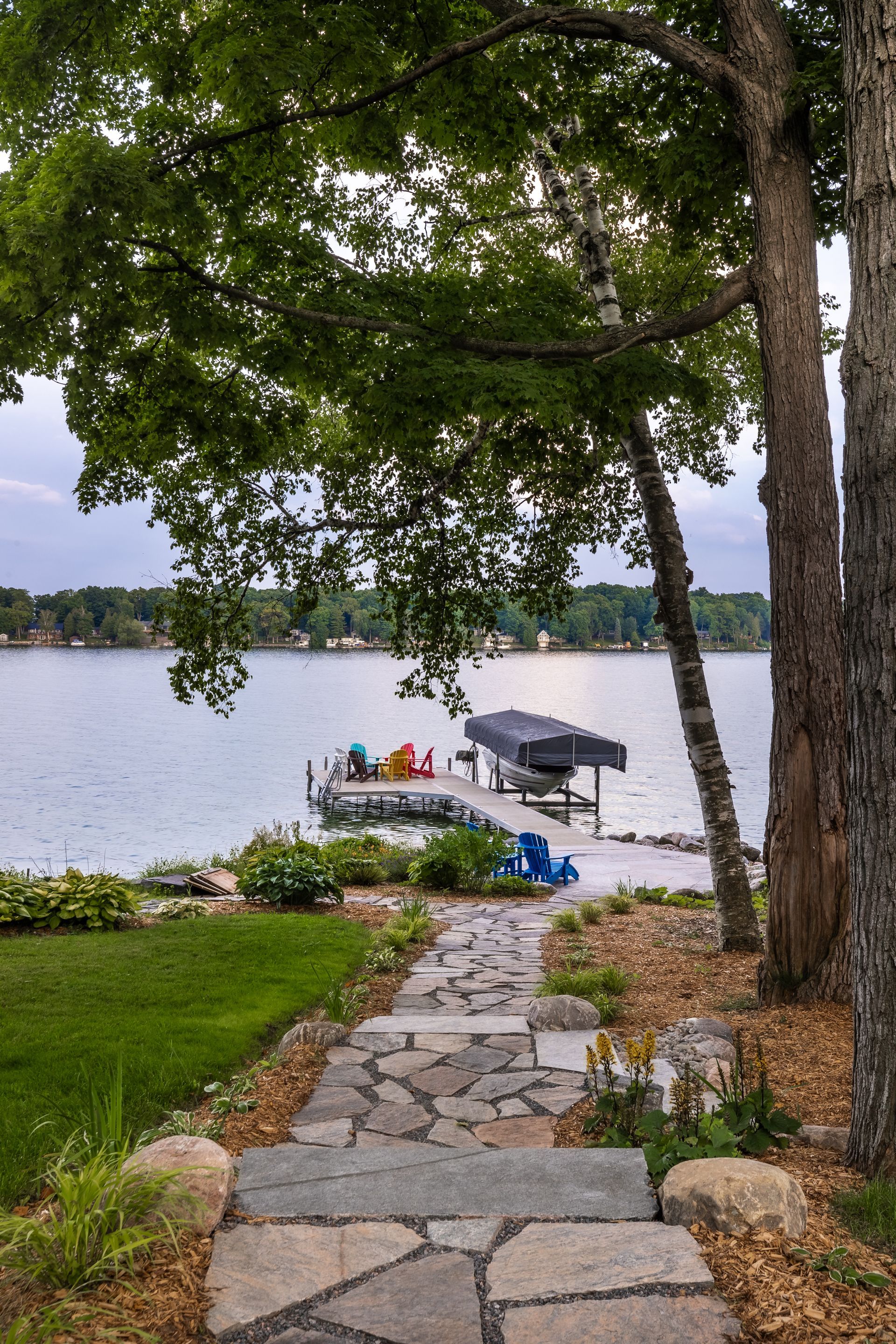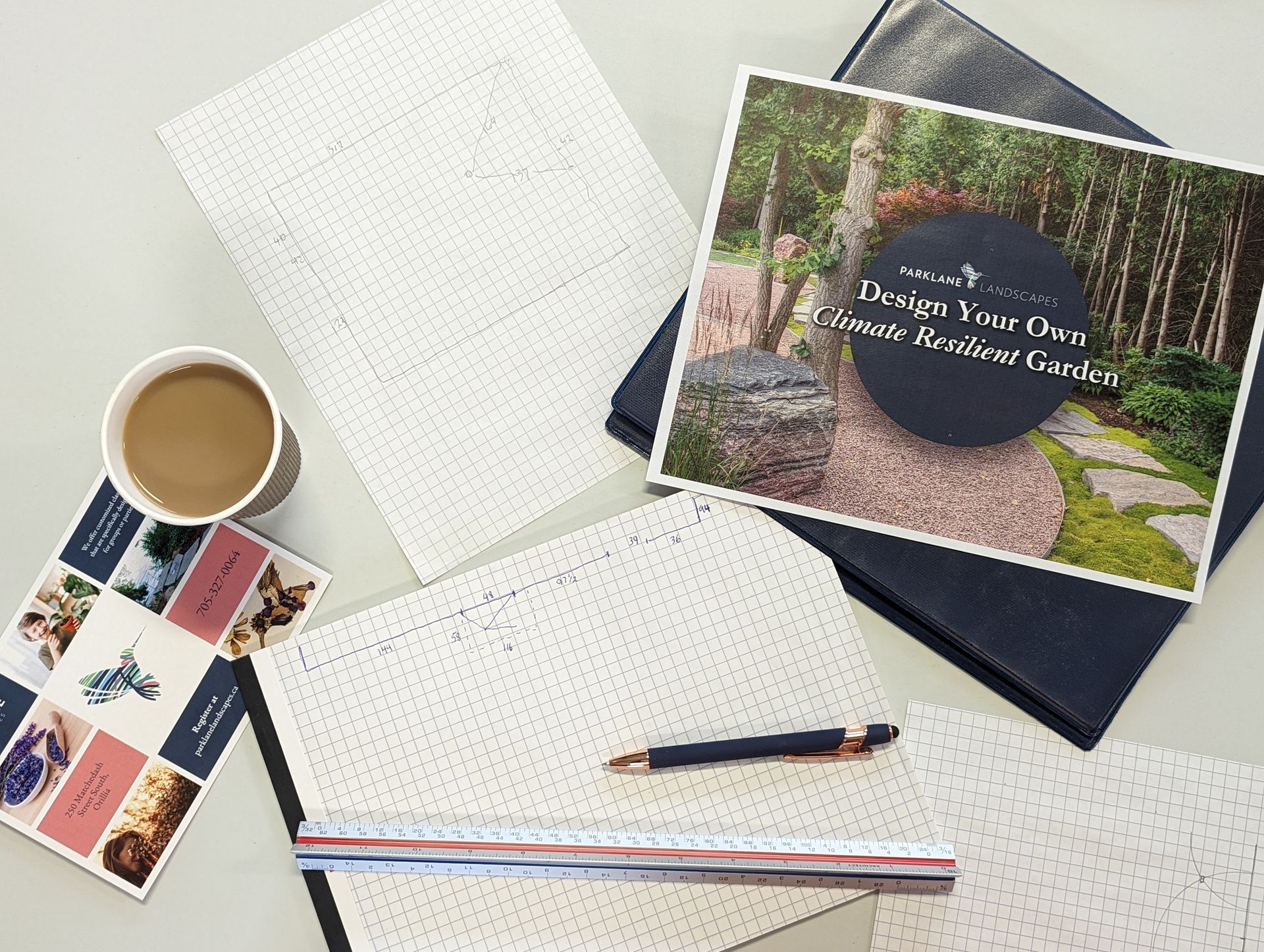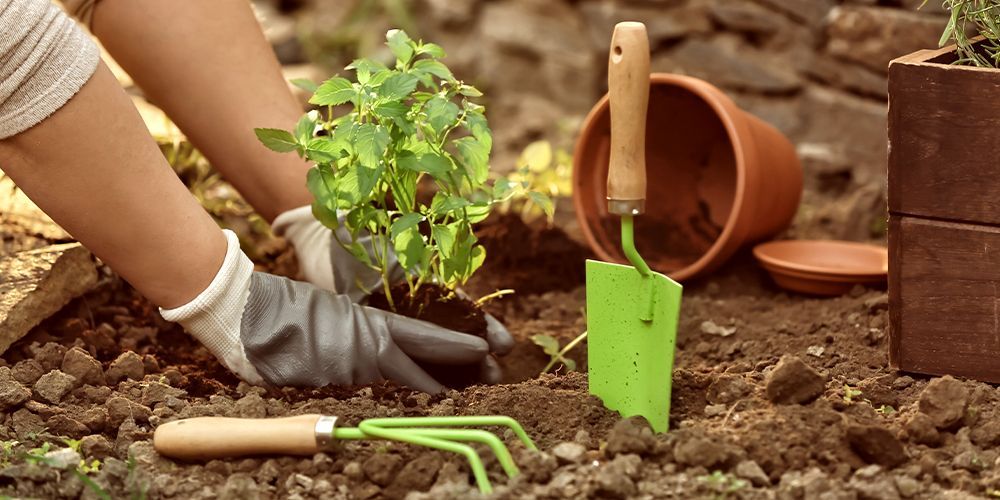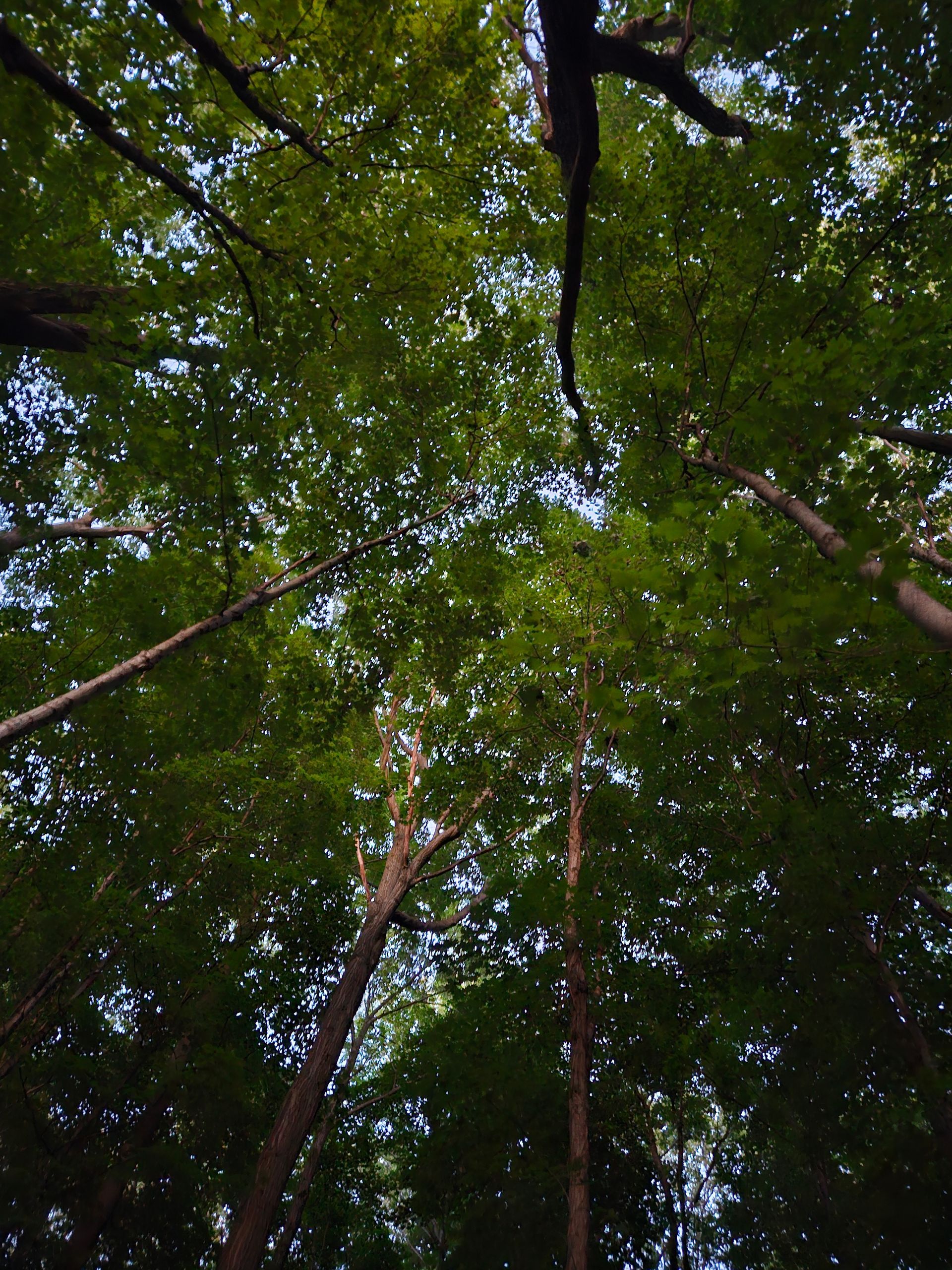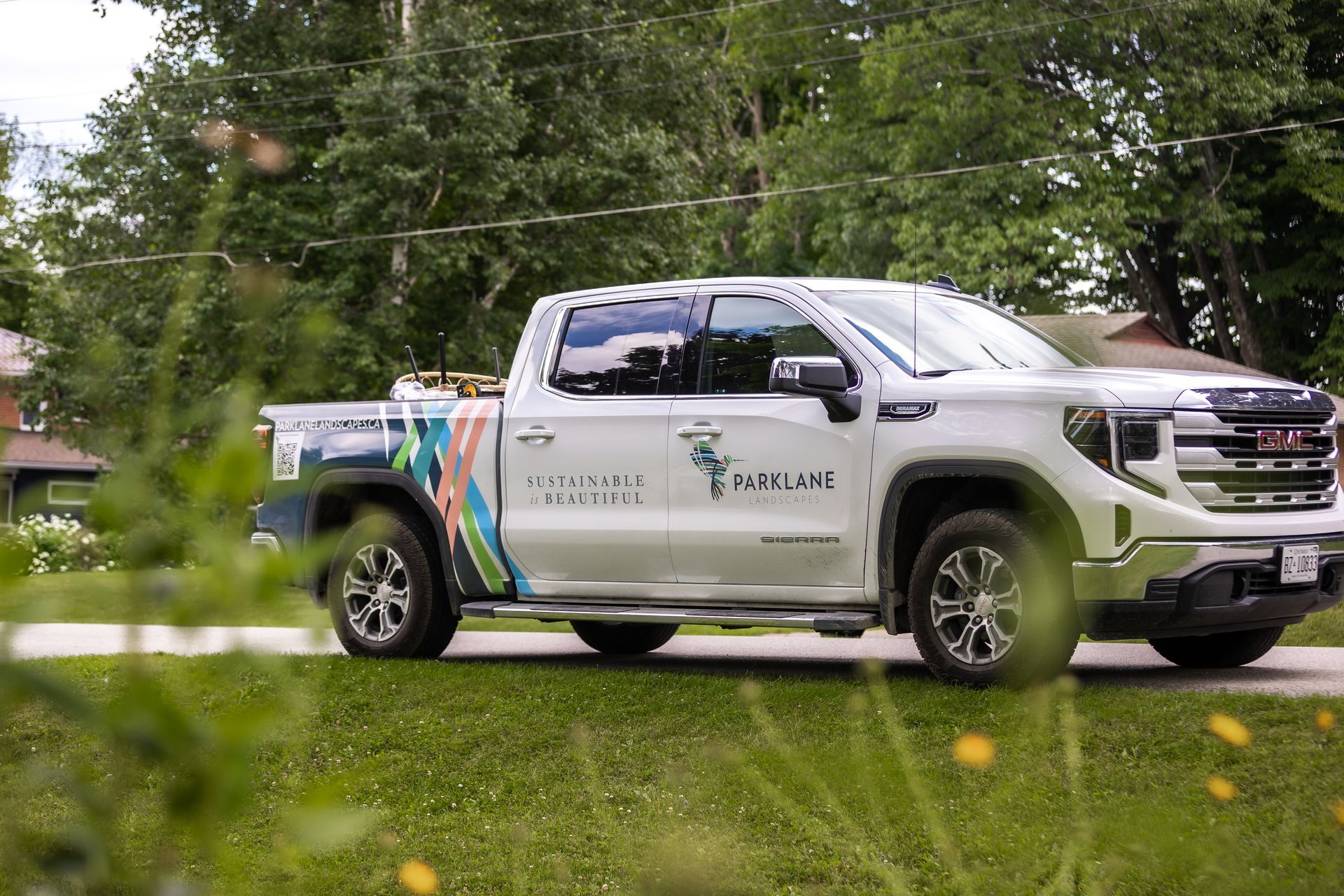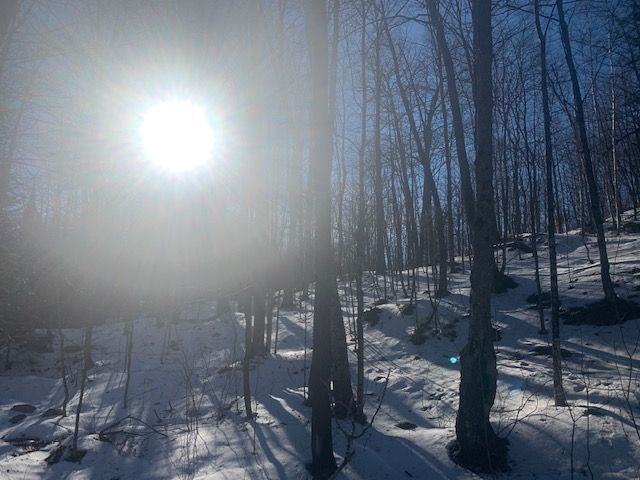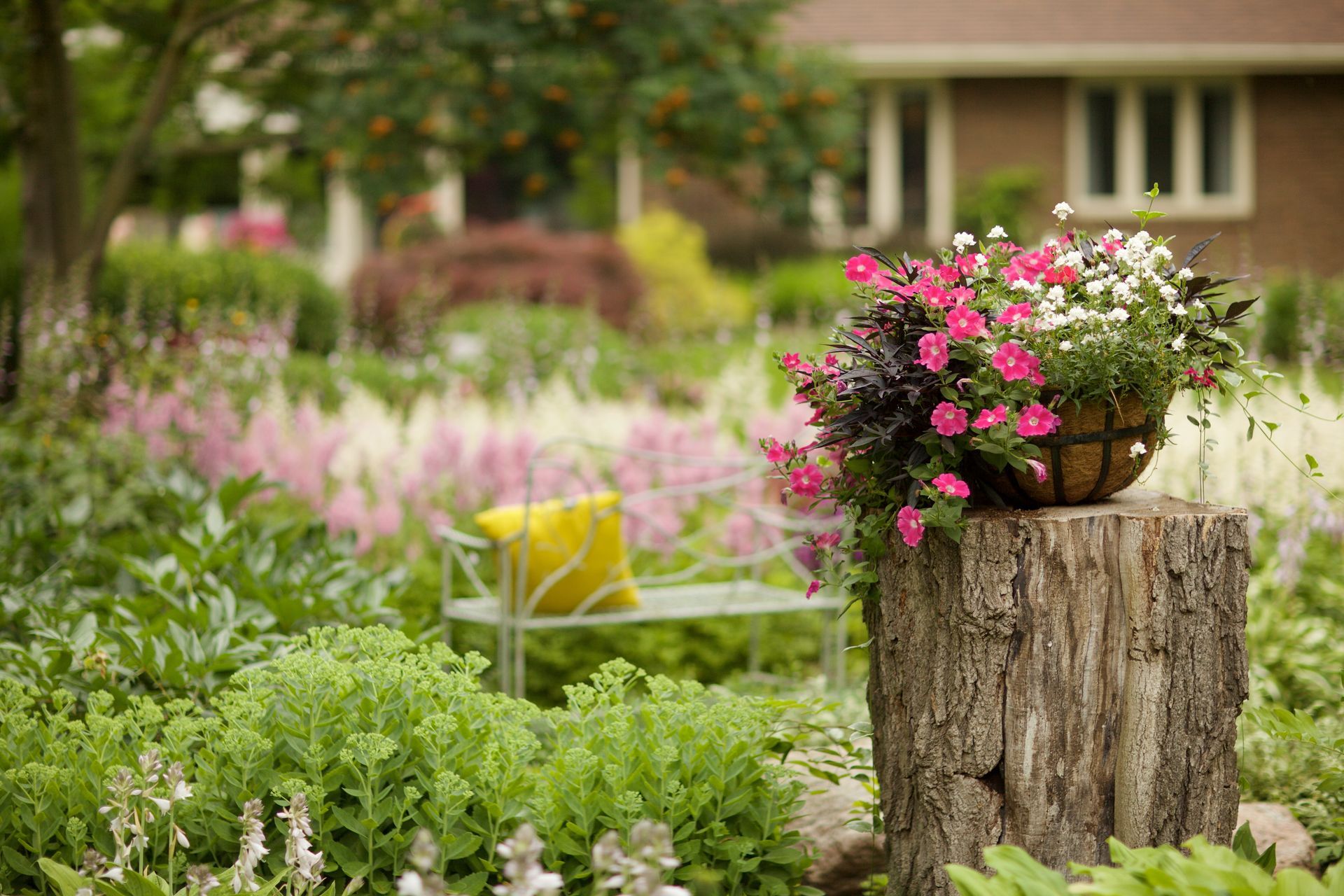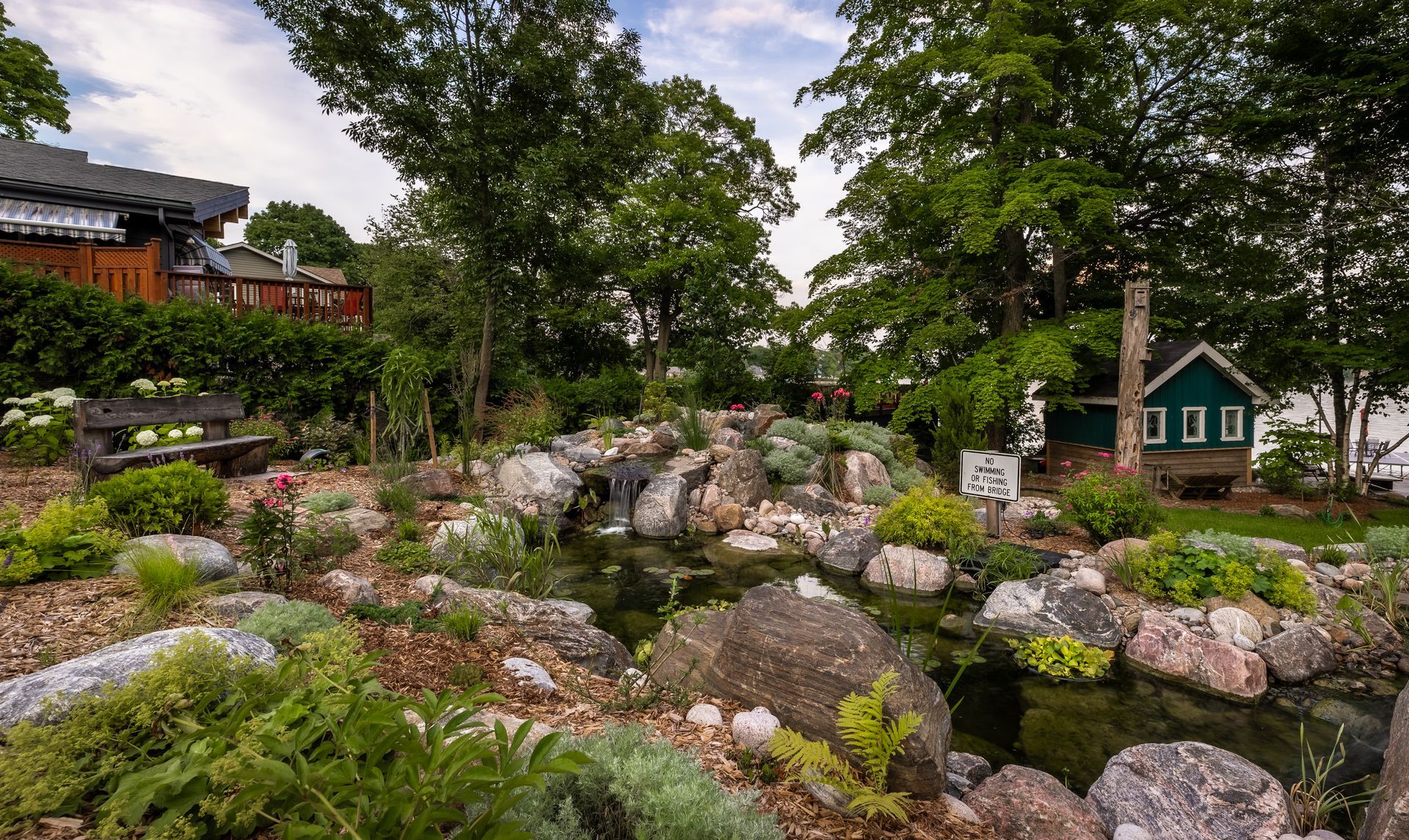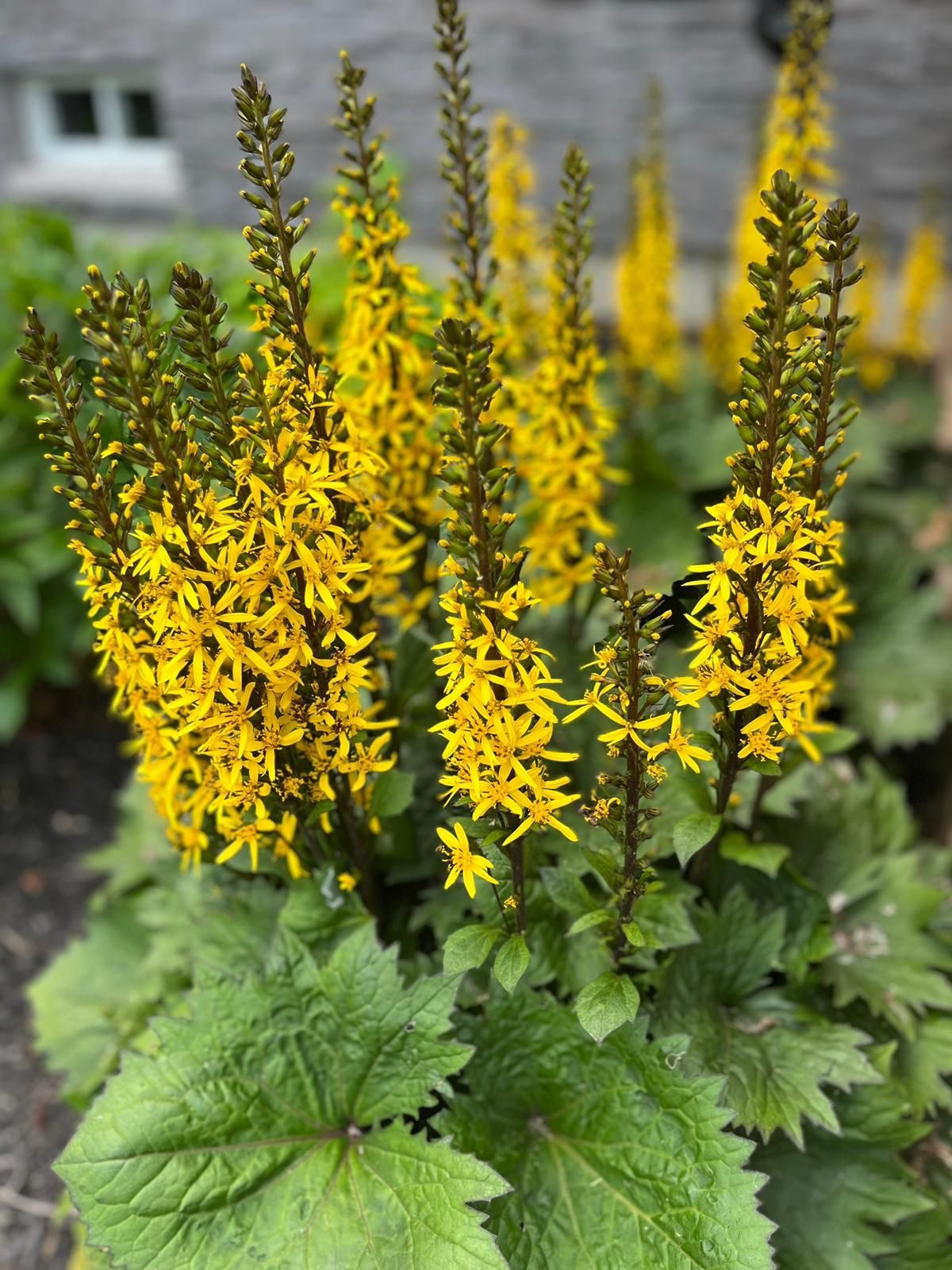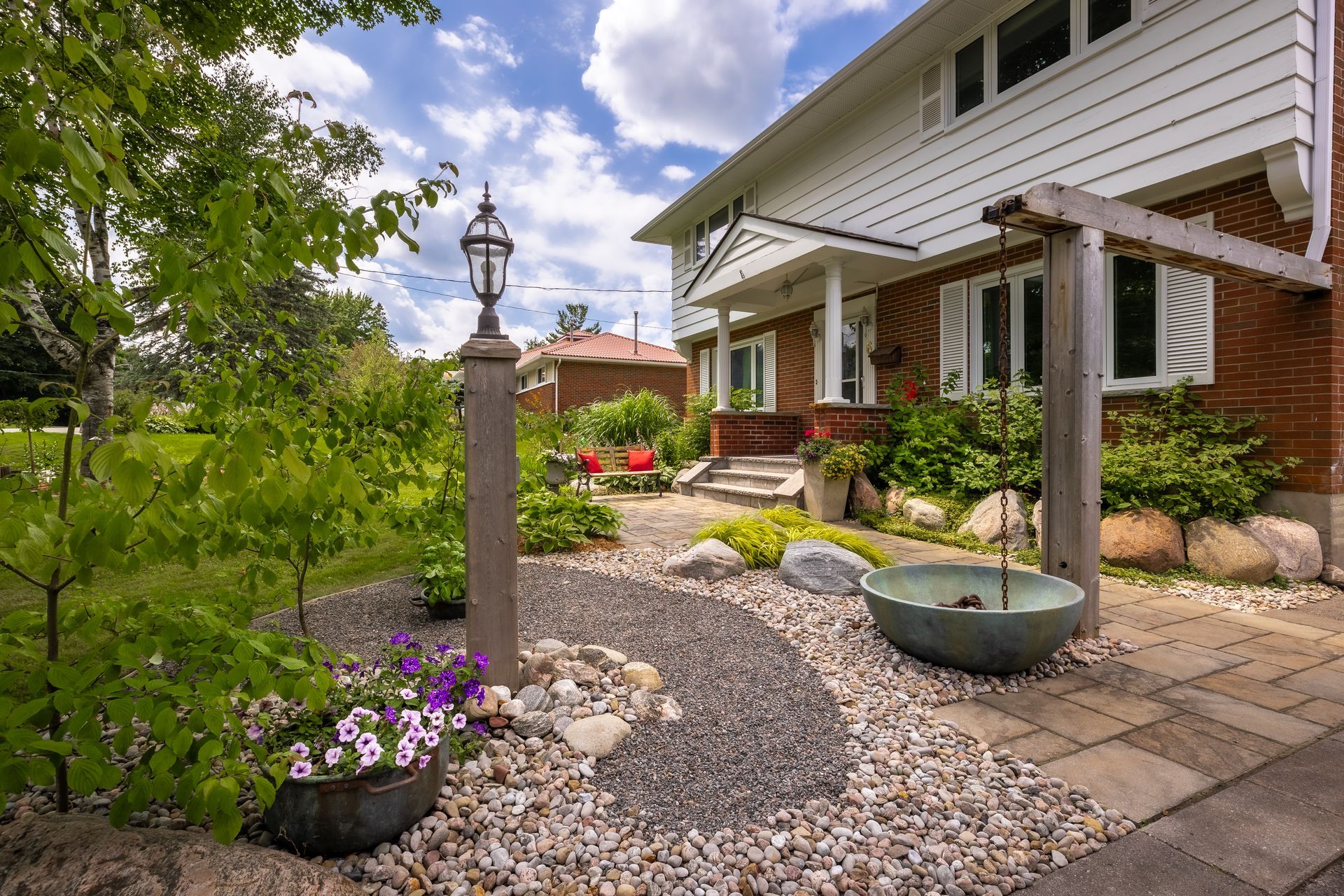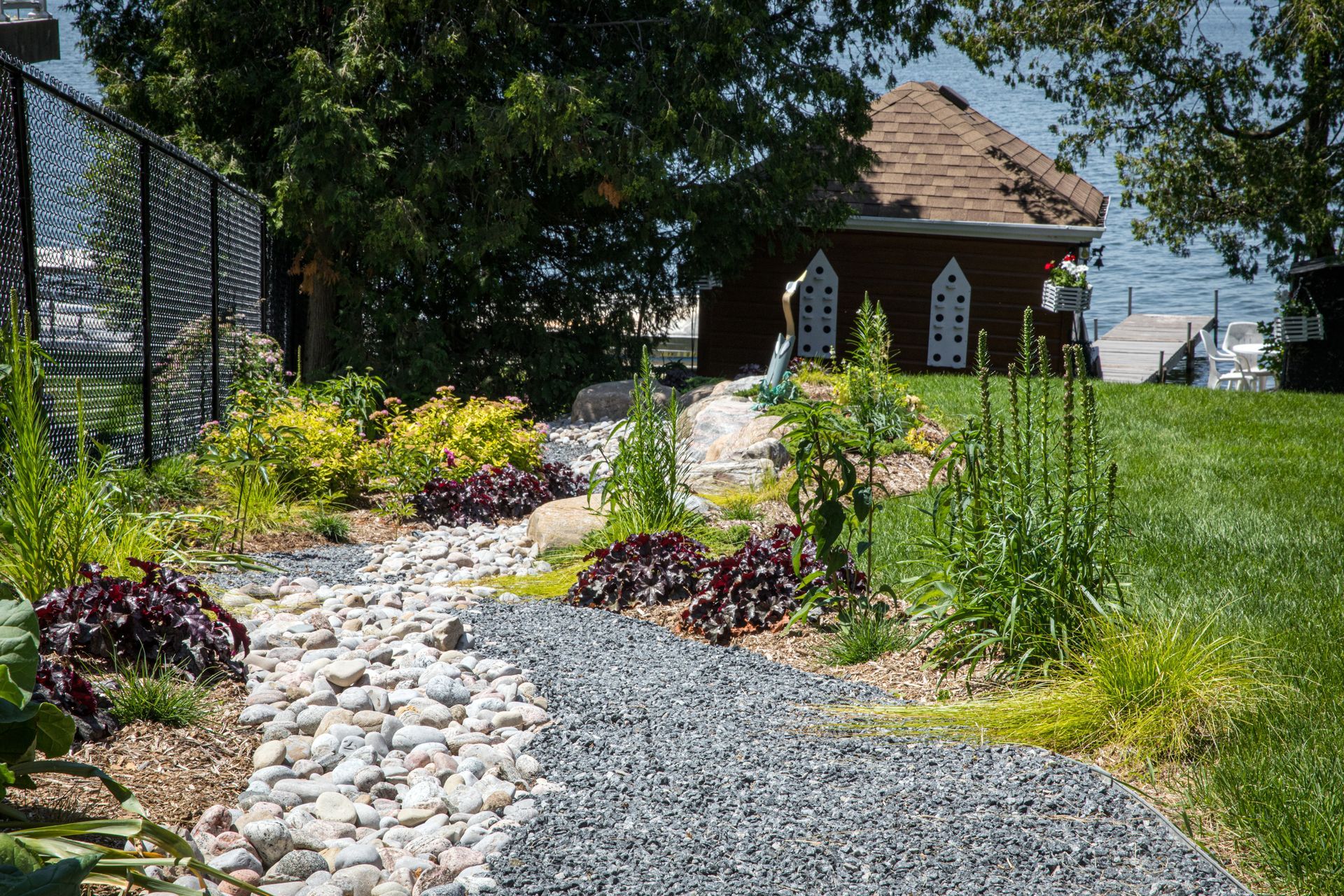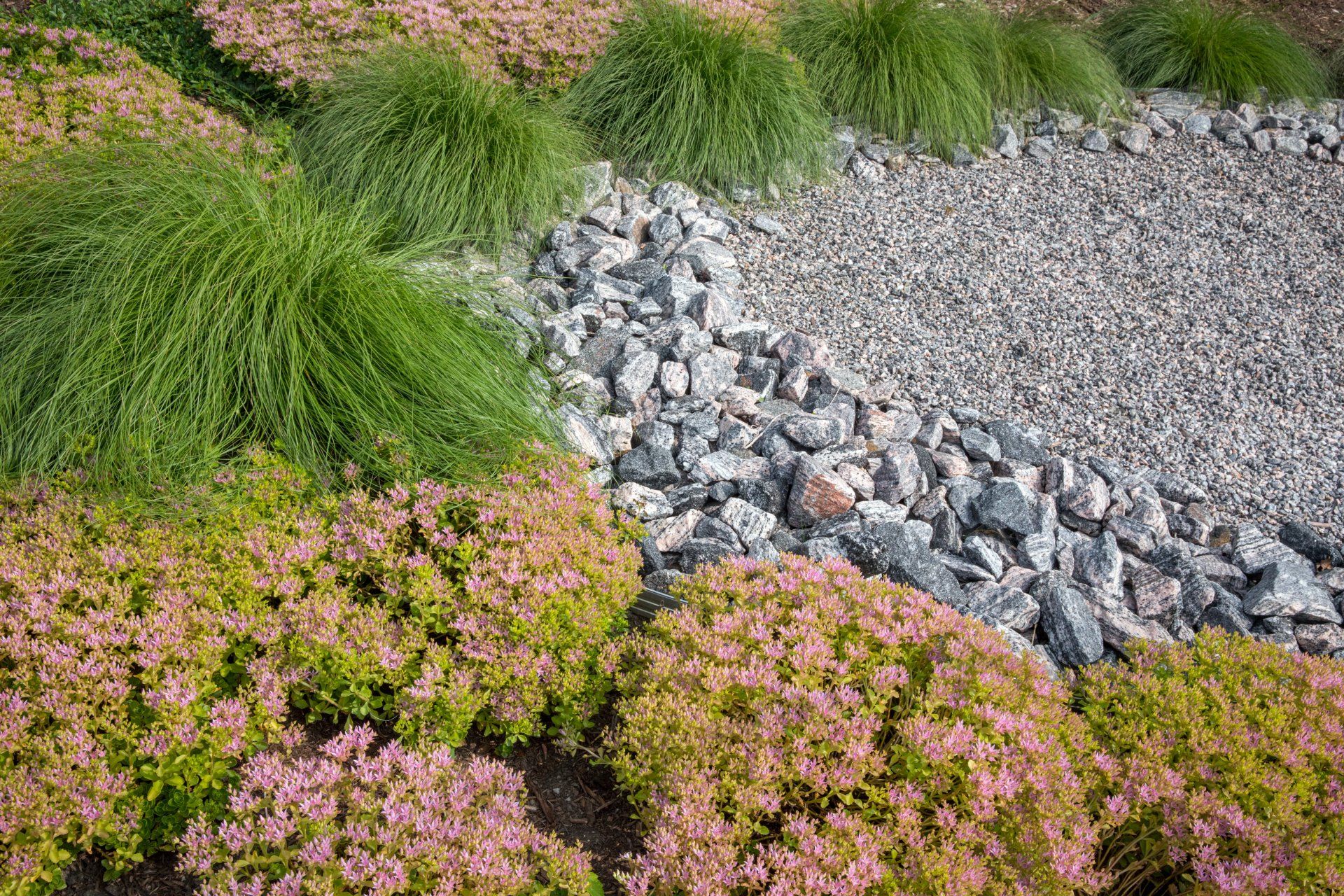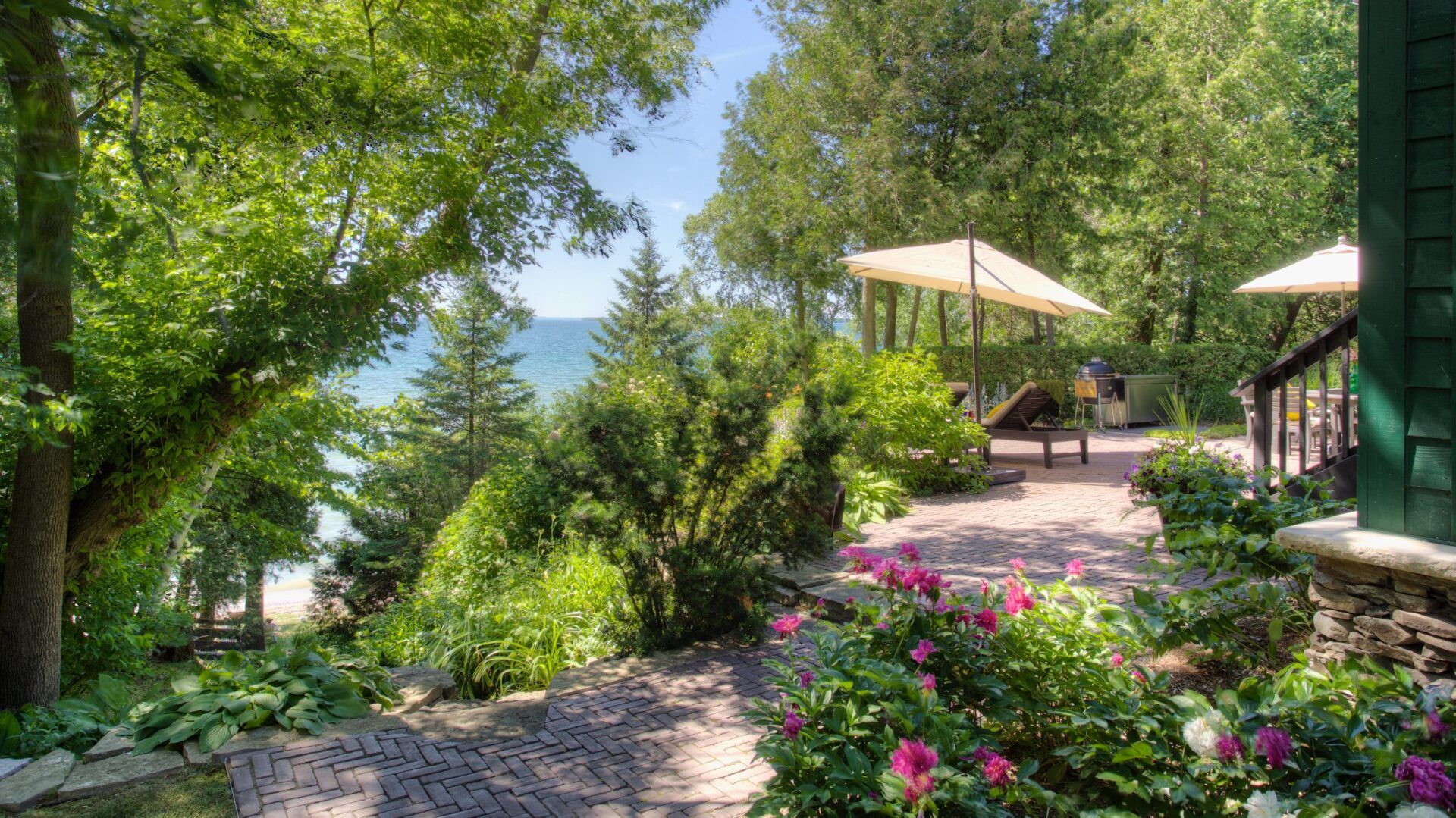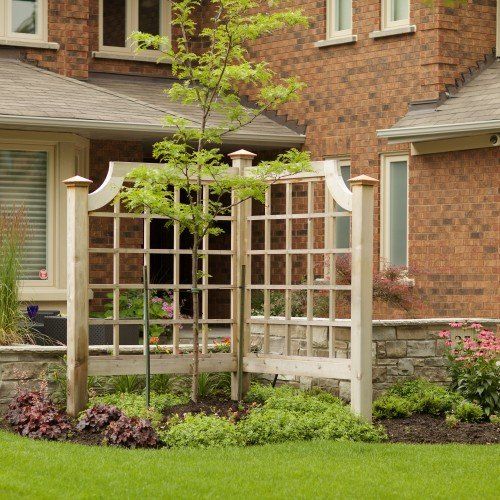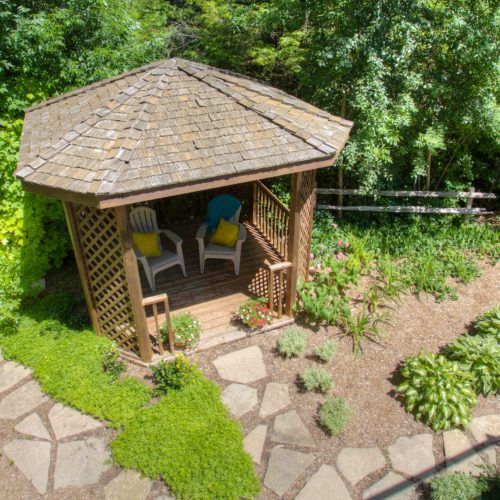OUR VOICE
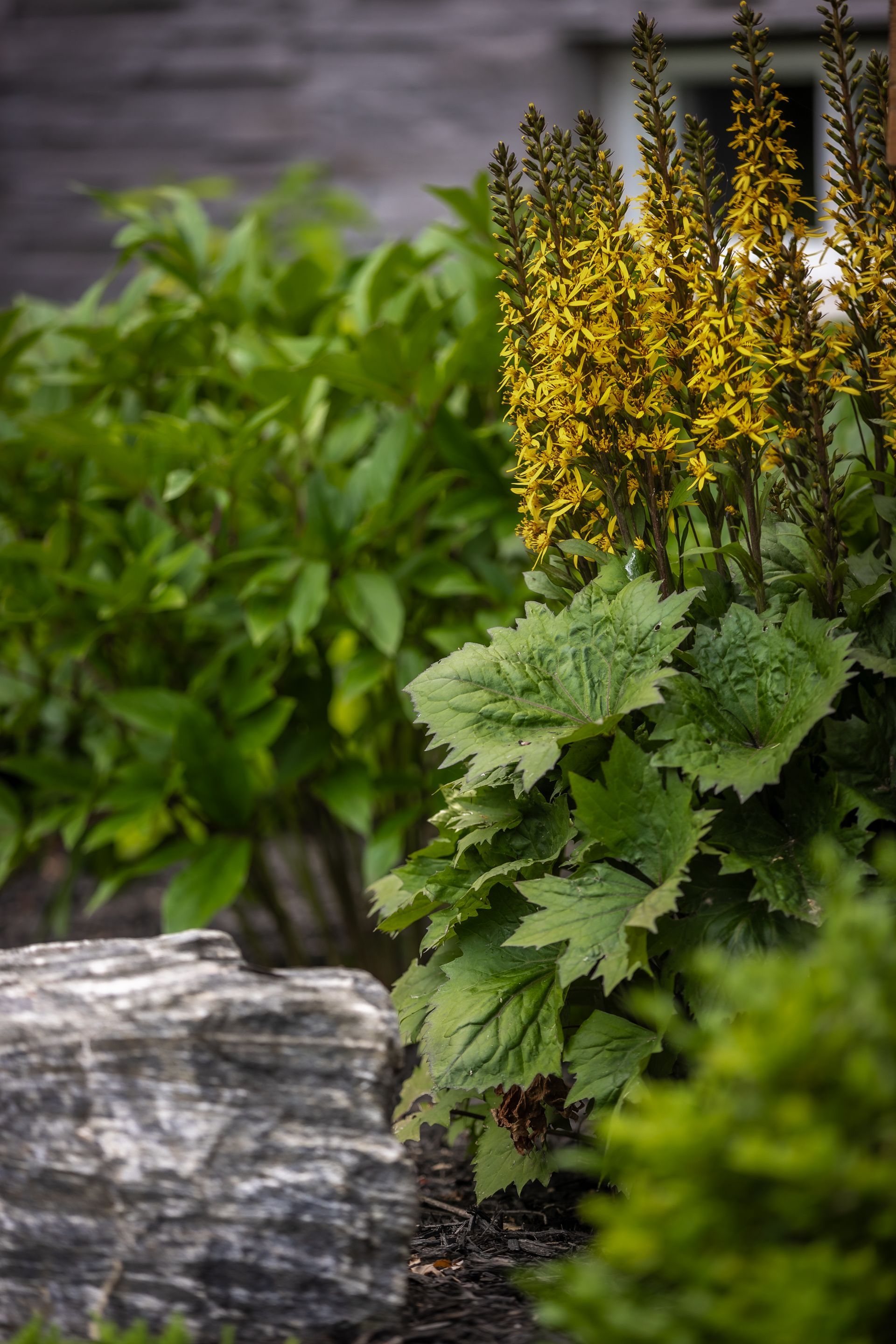
During the winter months, it's completely natural and acceptable to adopt a more laid-back attitude toward your garden. As temperatures drop and snow begins to cover the ground, most plants enter a state of dormancy, making winter a time when many gardeners can take a well-deserved break. This is an opportunity to appreciate the unique beauty that winter brings to your outdoor space. The skeletal branches of trees can create striking silhouettes against the crisp, clear sky, while winter-blooming plants, like hellebores and winter jasmine, add unexpected pops of color. Consider how the landscape transforms, with the quiet stillness allowing for reflection and rest. Instead of worrying about weeding or pruning, embrace this season of inactivity. You can enjoy cozy moments indoors, perhaps with a warm beverage, while dreaming of the vibrant blooms and lush greenery that will return with spring. Allow yourself to recharge and relish the tranquil beauty of your garden during this quieter time, knowing that it will soon awaken to life again. Winter gardening offers a unique opportunity to engage in a variety of activities that can enhance both your garden and your gardening skills. One enjoyable task is to create a winter garden plan, where you can research and select plants that thrive in colder months, such as evergreens and winter-blooming flowers. You can also take this time to prepare for spring by organizing your gardening tools, cleaning pots, and starting seeds indoors for future planting. It’s a great time for winter pruning of certain trees and shrubs, which promotes healthier growth in the spring. The winter months provide a valuable opportunity to prepare and organize for the upcoming spring and summer seasons in your garden. This is the ideal time to assess your needs, set clear goals, and create a comprehensive plan. Consider reaching out to professionals for ideas and designs. Many companies are still working and scheduling work for early Spring. If you hope to have landscaping completed for Summer, start planning now and call Parklane Landscapes at 705-327-0064 or visit our website parklanelandscapes.ca
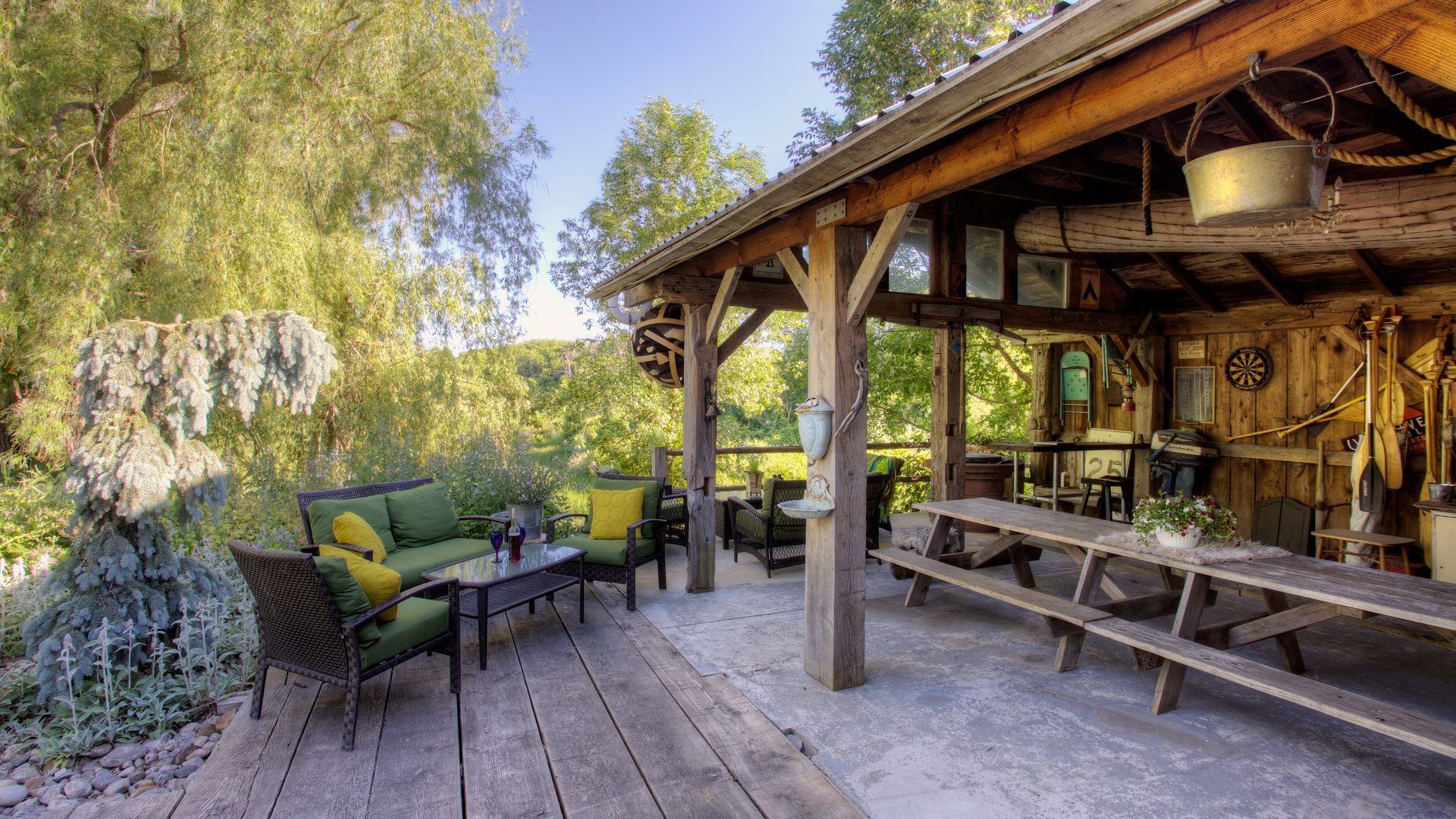
There’s something deeply restorative about stepping outside and feeling the fresh air on your skin. A quiet moment with the morning sun, the soft rustle of leaves, or the gentle hum of pollinators can shift your entire day. Yet so often, we overlook the potential of our own outdoor spaces to offer that peace. A functional, welcoming outdoor space doesn’t have to be elaborate. It might be as simple as a comfortable chair tucked into a shady corner, a stone path leading to a cozy bench, or a small patio surrounded by lush greenery. What matters most is how it feels—a place that invites you to pause, breathe, and just be. The best spaces are a balance of beauty and purpose. Think about how you want to use the space. Is it a retreat for quiet reflection? A place to gather with loved ones? Or a little bit of both? Simple touches like layered plantings for privacy, soft lighting to extend the evening, or a small water feature to mask urban noise can transform an ordinary yard into a peaceful retreat. When designed with intention, these spaces can also deepen your connection to nature. Choosing native plants brings birds and pollinators closer. Natural materials—stone, wood, gravel—add texture and warmth. Even the smallest garden can become a living, breathing part of your home that evolves with the seasons. In a world full of constant movement, having a peaceful spot that draws you outside is a gift to yourself. It’s a reminder to slow down, to savor the present, and to find beauty in the simple moments. If you’re ready to create an outdoor space that nurtures both function and serenity, Parklane Landscapes can help bring that vision to life - contact us today for your free consultation.

When we picture environmental restoration, we often imagine large-scale conservation projects. But some of the most powerful ecological transformations can begin right at home. Restoration doesn’t always require grand gestures—it often starts with a simple shift in perspective and a willingness to understand the land right outside our door. At Parklane Landscapes, we’ve spent decades partnering with homeowners, municipalities, and community groups to bring life back to the natural spaces that surround us. Whether we’re restoring the edge of a lake or reimagining a suburban yard, the principles remain the same: work with nature, not against it. One of the most vital and rewarding aspects of our work is shoreline restoration . Healthy shorelines play a critical role in protecting water quality, preventing erosion, and supporting the biodiversity of our lakes and rivers. Yet too often, they’re disrupted by retaining walls, compacted soils, or manicured lawns that block the natural processes these ecosystems depend on. By working alongside local conservation authorities, we help restore sensitive shorelines across the region—removing artificial barriers, regrading slopes, and planting deep-rooted native species. These efforts support resilient, biodiverse ecosystems and create essential habitat for frogs, turtles, pollinators, and migratory birds. In the face of increasing storm events and shifting weather patterns, naturalized shorelines also enhance climate resilience and improve stormwater management. But you don’t need a lakefront property to make a difference. The same ecological principles that guide our shoreline projects apply in urban and suburban settings. Thoughtful design solutions like rain gardens , bioswales , native plantings , and permeable paving can significantly reduce runoff, filter pollutants, and create habitat—even on a standard residential lot. Strategic grading and plant selection help water soak into the soil where it belongs, rather than flooding driveways or flowing untreated into nearby water bodies. We work with homeowners to reimagine their outdoor spaces as part of a larger ecosystem. Swapping out turf grass for native wildflowers and grasses, introducing logs and rocks for habitat, or simply letting a slope return to a more naturalized state can restore ecological function and bring unexpected beauty to your yard. Nature has an incredible capacity to heal—but it often needs our support. From stabilizing shorelines to transforming backyards, restoration starts with the land right outside your door. Ready to reimagine your landscape? Contact Parklane Landscapes and take the first step toward a more sustainable, resilient future.
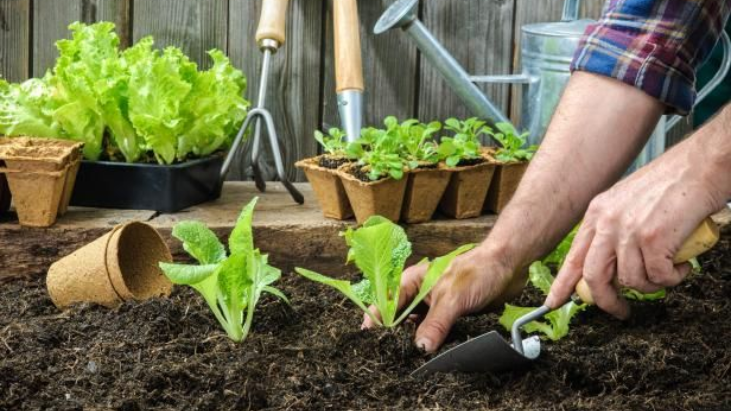
Parklane is passionately dedicated to enhancing community engagement and fostering a strong sense of environmental responsibility through its diverse and comprehensive range of educational classes on sustainability and gardening practices. These classes are designed to inform and inspire individuals of all ages and knowledge, making gardening an accessible and enjoyable. Among the various offerings available, participants have the unique opportunity to explore the intricacies of climate-resilient gardening. This focus emphasizes innovative techniques and practices that adapt thoughtfully to changing environmental conditions, ensuring that gardens remain productive and sustainable despite the unpredictable fluctuations associated with climate change. Each class provides an immersive experience, allowing individuals to witness firsthand how these methods can positively impact their gardening efforts and overall community ecosystem. In addition to climate-resilient gardening, the program includes specialized classes centered around the fascinating world of tea gardening. Here, individuals delve into the delicate art of cultivating tea plants, which encompasses learning about the various types of tea, the specific conditions each plant requires for optimal growth, and the intricate processes involved in harvesting, processing, and preparing tea. One of the standout workshops offered by Parklane is the well-loved make-your-own-cream event. This immersive, hands-on experience provides participants the valuable opportunity to create their natural creams using ingredients harvested directly from Parklane’s gardens. By actively engaging in this creative process, individuals are empowered to appreciate the multifaceted utility of their gardens while also gaining insight into the importance of using natural products for personal wellness and self-care. It serves as a reminder that the environment can contribute not just to our physical surroundings but also to our health and well-being. By encouraging individuals to see their gardens not merely as patches of land but as valuable resources filled with potential, Parklane actively promotes a healthier lifestyle and positively influences how community members relate to the natural world. Through these thoughtfully designed classes, participants are equipped with a wealth of knowledge and practical skills that have the potential to transform their gardening practices profoundly. They also learn how their efforts can contribute to a more sustainable future, fostering personal growth and cultivating a sense of collective responsibility towards the planet and the local ecosystem. Parklane's mission transcends mere education; it seeks to weave a deeper bond between community members and nature, driving towards a holistic approach to community well-being and environmental stewardship. Contact us today to learn more about our classes or to receive further details on landscaping your property at joanne@parklanelandscapes.ca or 705-327-0064

Why Hire Professionals for Your Landscaping Needs? Landscaping is more than just planting flowers and mowing lawns—it’s an art that enhances beauty, functionality, and property value. Professional landscaping ensures expertise, efficiency, and lasting results. Here’s why trusting Parklane Landscapes is a smart investment. Expertise & Experience With over 66 years in the industry, Parklane Landscapes brings specialized knowledge in soil conditions, plant selection, drainage, and sustainable landscaping techniques. Our team creates landscapes that are not only visually appealing but also durable and functional for years to come. Custom Design & Professional Execution Creating your dream landscape is more than just design—it’s an experience. Your outdoor space should reflect your personality and lifestyle. At Parklane Landscapes, we take the time to listen, explore possibilities, and bring your vision to life. Every detail is thoughtfully crafted to create a seamless connection between nature and your home. Efficiency & Cost-Effectiveness Expertise and experience streamline the landscaping process. We use high-quality materials, advanced equipment, and industry connections to deliver exceptional results efficiently. Proper planning and professional execution ensure durability, minimize costly mistakes, and maximize long-term value. Maintenance & Sustainability A thriving landscape requires ongoing care. Our tailored maintenance plans ensure your outdoor space flourishes in every season, adapting as your needs evolve. From stormwater management to seasonal plant care, we handle the upkeep so you can enjoy a stress-free, beautiful yard. Boosting Property Value A professionally designed and maintained landscape enhances curb appeal and significantly increases property value. Whether you plan to stay or sell, investing in expert landscaping yields both aesthetic and financial returns. Conclusion From start to finish, working with Parklane Landscapes company ensures a smooth and rewarding journey. Every step is guided by expertise, creativity, and a commitment to excellence, resulting in a beautifully crafted outdoor space that enhances your lifestyle and brings lasting enjoyment. Call Parklane Landscapes today to book your free consultation- 705-327-0064 – parklanelandscapes.ca
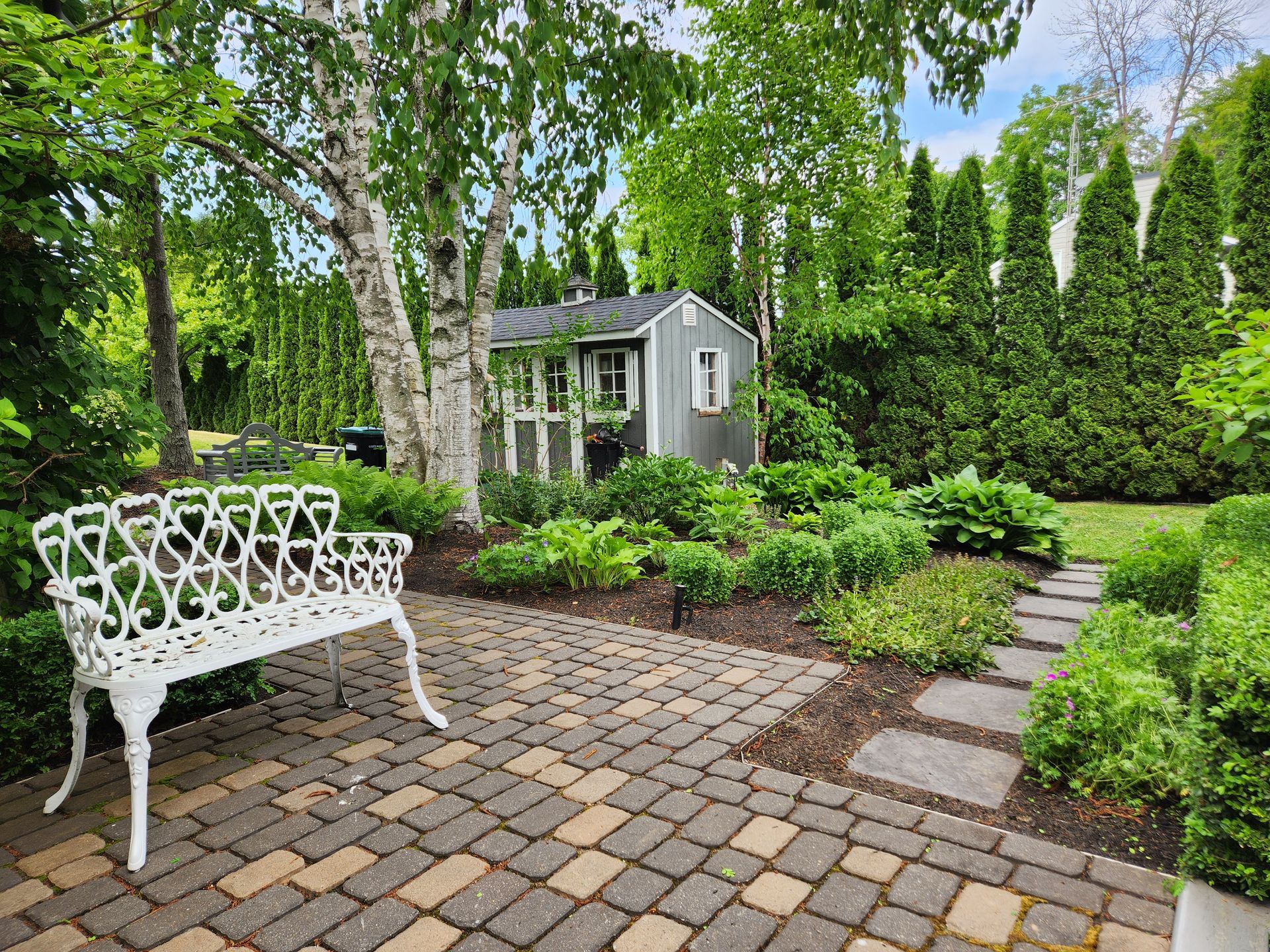
Gardening is a lovely hobby that offers a mix of both active and passive engagement. The physical activity involved in gardening provides exercise, fresh air, and a connection with nature. Gardens offer a peaceful environment that can transport your mind to another place. Gardening can also provide a sense of accomplishment through small tasks such as watering, attracting pollinators, weeding, watching growth, and enjoying edibles such as herbs and vegetables. Enjoying the process of planting and cultivating a container can be a fulfilling experience, and the sight of blooming flowers and herbs can be a source of passive admiration. When we dig in the soil, it releases a unique and earthy aroma known as geosmin, which is produced by a type of soil bacteria called actinomycetes. This scent is known to have a positive effect on most humans, as it has therapeutic properties such as regulating the immune system and stabilizing serotonin levels, which can improve mood, feelings, and overall happiness. Gardening is a wonderful way to connect with nature and experience the therapeutic benefits of plants and soil. It provides a peaceful and relaxing space to retreat when life gets too demanding. For children, especially, gardening can be an invaluable hobby that they can carry with them throughout their lives. It can offer a quiet and calming space where they can escape from the stresses of daily life, connecting with nature versus their screens. Even if you don't have access to a garden, planting a few containers with select plants can still bring a touch of nature into your life. For example, planting some gladiolas and lavender on your patio, deck, step, or balcony can create a beautiful and fragrant oasis that will attract hummingbirds and other wildlife, providing a lovely connection with the natural world. Our gardens can be sources of food, art, crafts, and resiliency. We can grow an Elderberry shrub, harvest the flowers in May for Elderberry cordial, harvest the berries in Fall for Syrup, and also provide a source of food and shelter for birds and other pollinators. Many of the flowers in our gardens can pressed to offer creativity in petal art, dried for tea, and used as oils in cream making. Join Parklane Living in Orillia for a journey of discovery through classes in petal art, climate-resilient gardens, making a tea garden, and creating your cream. Learn which plants to grow, how to harvest and collect them, and uncover the endless purposeful uses that our plants and gardens can offer. Let us help you unlock the beauty and potential of nature!
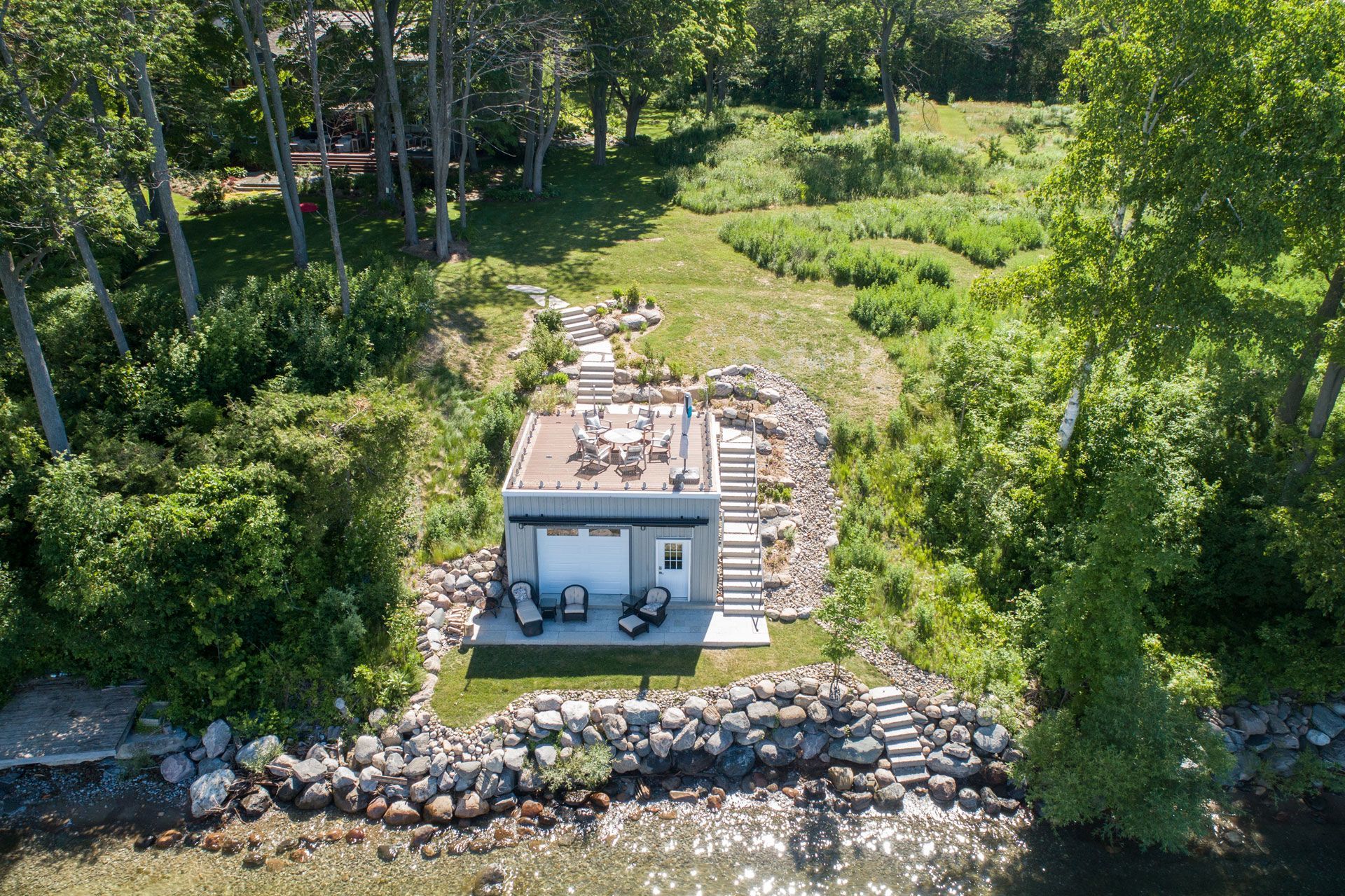
If you own a property with a shoreline on Lake Simcoe or any of its rivers or tributaries, it is important to remember that the land you own is part of an overall ecosystem. Every property has the potential to enhance or detract from the health of the lake. The Lake Simcoe Protection Plan was established in 2009. It calls on all of us, from Industries to homeowners to do our part to make sure the lake is not only maintained but enhanced so that future generations will be able to enjoy the recreational and ecological benefits of the lake. There are steps each landowner can take when work is required. Such as if the shoreline has experienced damage due to storms, or the shoreline requires an upgrade for accessibility, retention, and protection. These steps are also recommended if purchasing a property that might be on a flood plain, river, canal, or waterfront. It is important, depending on the scope of work to consider the shoreline work before the dwelling and/or septic construction as these can impede access to the shoreline and setbacks from the waterfront may be required. Consideration must be given to the ‘timing window” to protect fish habitat and spawning activities. This can be restricted to specific times of the year. (See Fisheries & Ocean Canada). Each property may have different regulations as per the geographical location. Consider these next steps: · Check if your property is Conservation Authority regulated or regulated under the Ministry of Natural Resources and Forestry. Each authority in this region has GIS mapping for regulated areas. · Need assessment – shoreline restoration, boat house, patio area, deck, stairs, boat access, etc. · Buffer zone restrictions vary according to municipality and water body. · Prepare design and application form for permit approval while also considering budget and realistic timelines for the application process. · Additional environmental studies may be required depending on the scope of work. · Apply for a permit with associated fees to the Conservation Authority or municipality. Many conservation authorities and municipalities offer pre-development consultations to discuss plans for development on a site or shoreline and will offer the required information for each lot. Contact us at Parklane Landscapes or another qualified and experienced company that will coordinate with the relevant authorities to achieve a balance between the needs of the property owner and the protection of our waterways and environment such as naturalized shorelines incorporating native plants.
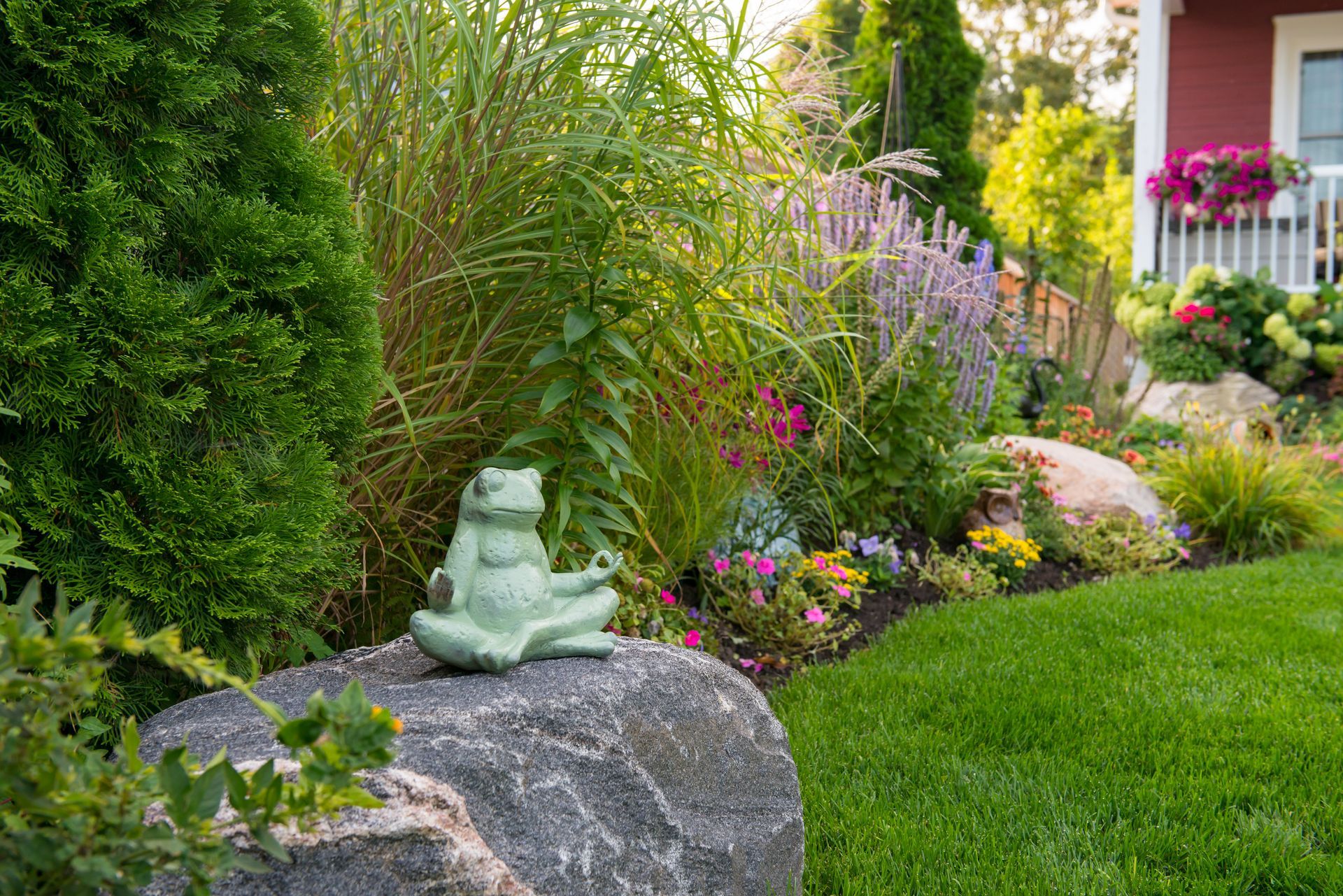
The essence of this statement rings true for our plant community as well as us humans. Research has shown that plant life has developed this mutual aid process over time to support and protect the wider community in the natural ecological system. This “Wood wide web” first researched by Dr. Suzanne Simard, a Forester and ecologist based in British Columbia, describes an underground communication system between trees within a forest. The trees, plants, and fungi communicate through an underground fungal network called mycorrhizae to help each other and protect the overall health of the forest. This information transfer happens when there are weaker members of the forest community requiring nutrients from stronger members. Also in distress situations, plants were observed to send out chemical distress signals down the network warning the colony against imminent danger and allowing the community the chance to guard themselves in time. This fungal network shares the resources of the soil by carrying the nutrients through a system of hyphae connecting the trees and in return receives a food source in the form of carbon-rich sugars. This web system encourages the protection and sustainability of the forest, each tree is aware of its role as an individual and its role in the ecological community of the forest. This hypothesis offers an interesting approach to the ecological community of our gardens. Just as all our water sources are connected through tributaries, streams, rivers, and lakes, our gardens can also be an ecological web system. For this reason, planting native trees and shrubs on our properties creates a network that is compatible with the local environment therefore optimizing its resilience to climate change. A native mix also provides food and shelter for our native, bees, birds, and animals. Native plants can support 10-50 times as many species as non-native plants. Planting our gardens with the right trees and shrubs, perennials and groundcover helps to stabilize soil, prevent erosion, provide biodiversity in your garden and community, provide growing areas for vegetables etc, creating more shade to cool our urban environment, and helping clean the air, while offering us a restorative space to relax and engage with nature. We incorporate native plants into all our garden designs, choosing the right plants for patio areas, rain gardens, lawn alternatives, and all garden spaces. Creating these ecosystems with the right plants can be sustainable and beautiful. If you are planning your garden for 2024, consider some native plants this year. No matter the size, whether it is a large garden or one container on your deck or balcony, they will reward you. They require, less watering and maintenance, less fertilizer, and no pesticides. If we all incorporate some into our gardens, we will all benefit in the future. If we think of our garden as a tree in the forest we can understand how to connect nature through our community as living corridors providing a healthy community for our future.
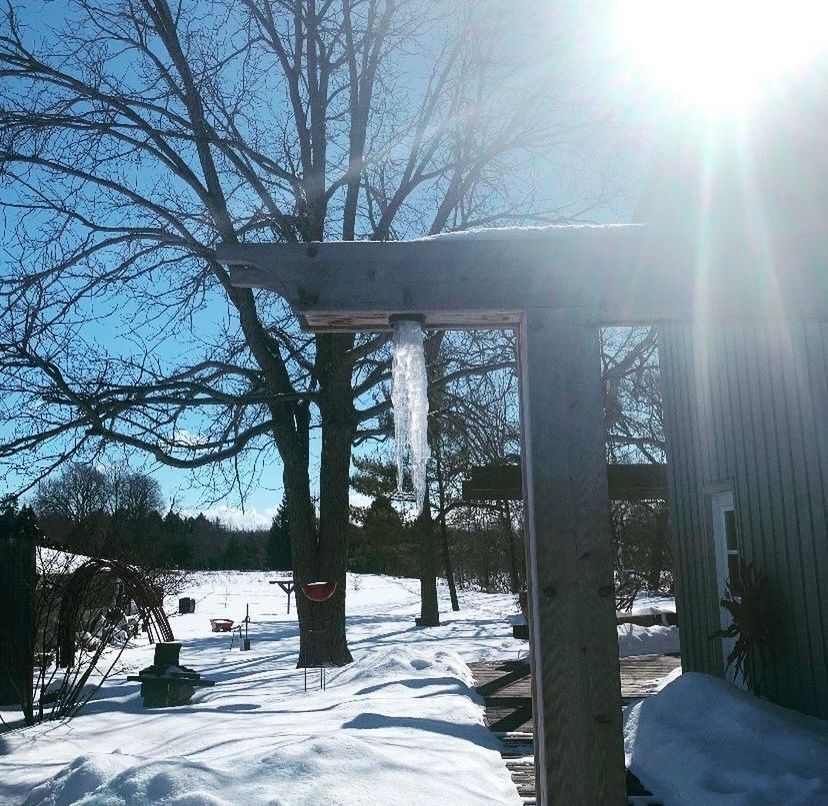
Gardening is a practice of managing expectations, anticipating outcomes, and cultivating hope. This resonates in an old rhyme for seeding, “One for the mouse, one for the crow, one for the ground, and one to grow”. Gardeners know that as you invest time and energy into each plant, you will forego some to the small critters, some to the birds, and some to the soil. We understand that gardening as a process is far more beneficial and therapeutic than outcomes and results. We work with a lot of gardeners, from experts to beginners and we are always learning new ideas to improve our gardens and their resiliency. There are many types of gardeners and regardless of the style, we all experience our gardens as somewhere growth and hope are nurtured. We anticipate the next season when the first snowdrops will peak out, and hope for an early summer peony bloom, long-lasting hydrangea and finally embracing fall when the burning bush turns flame red. This growth and perpetual cycle inspire and encourage every gardener to continue each season and year. A garden, no matter the size, can present a soothing space to reflect and appreciate. The demands on a gardener can be to weed, water prune, and then sit back and enjoy their effort. Spending time with plants and watching them perform through the seasons is restorative. Gardeners rarely feel guilt or anxiety resting in the winter months as they know Spring is coming. As we walk around our gardens in the low light of December and January, we can remember what performed effortlessly and what struggled through the seasons. The gardener embraces the winter months as a time to reflect and plan. The winter offers time to research and consider areas of the garden that might be ideal for a change in purpose, changing lawn areas to mulch with seasonal bulbs, planting a thyme lawn, adding in some trees, or a compost area. Maybe a rain garden, a permeable patio, or raised planters? Gardeners see the winter months as a chance to catch up on reading and learning old and new ideas. As these winter months descend in our gardens, we remember Spring is coming and we thank all the gardeners out there for your hands in maintaining green spaces, planting trees and shrubs, choosing native when possible, reducing non-permeable surfaces, leaving an area unkempt for wildlife, and participating in a global effort to become more climate resilient enhancing our biodiversity one garden at a time.
